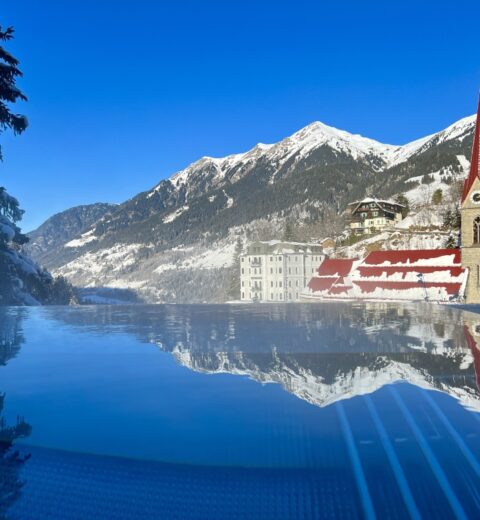Short info:
- Where is the Heeresgeschichtliches Museum located? Address: Arsenal 1, 1030 Vienna
- How much does the entrance cost? You can find all prices here.
- When is it open? You can find all opening times here
- What is there? The history of the Austrian military from the 16th century to the present day.
- What are the highlights? The automobile in which Archduke Franz Ferdinand and his wife were murdered in 1914 (which led to World War I). Numerous companions from World War II.
The Museum of Military History is located in the 3rd district of Vienna, not far from the Belvedere. The building itself has already made history, as it is the heart of the Vienna Arsenal, a huge military building complex that previously consisted of 72 buildings and was built on the occasion of the revolution of 1848/49.
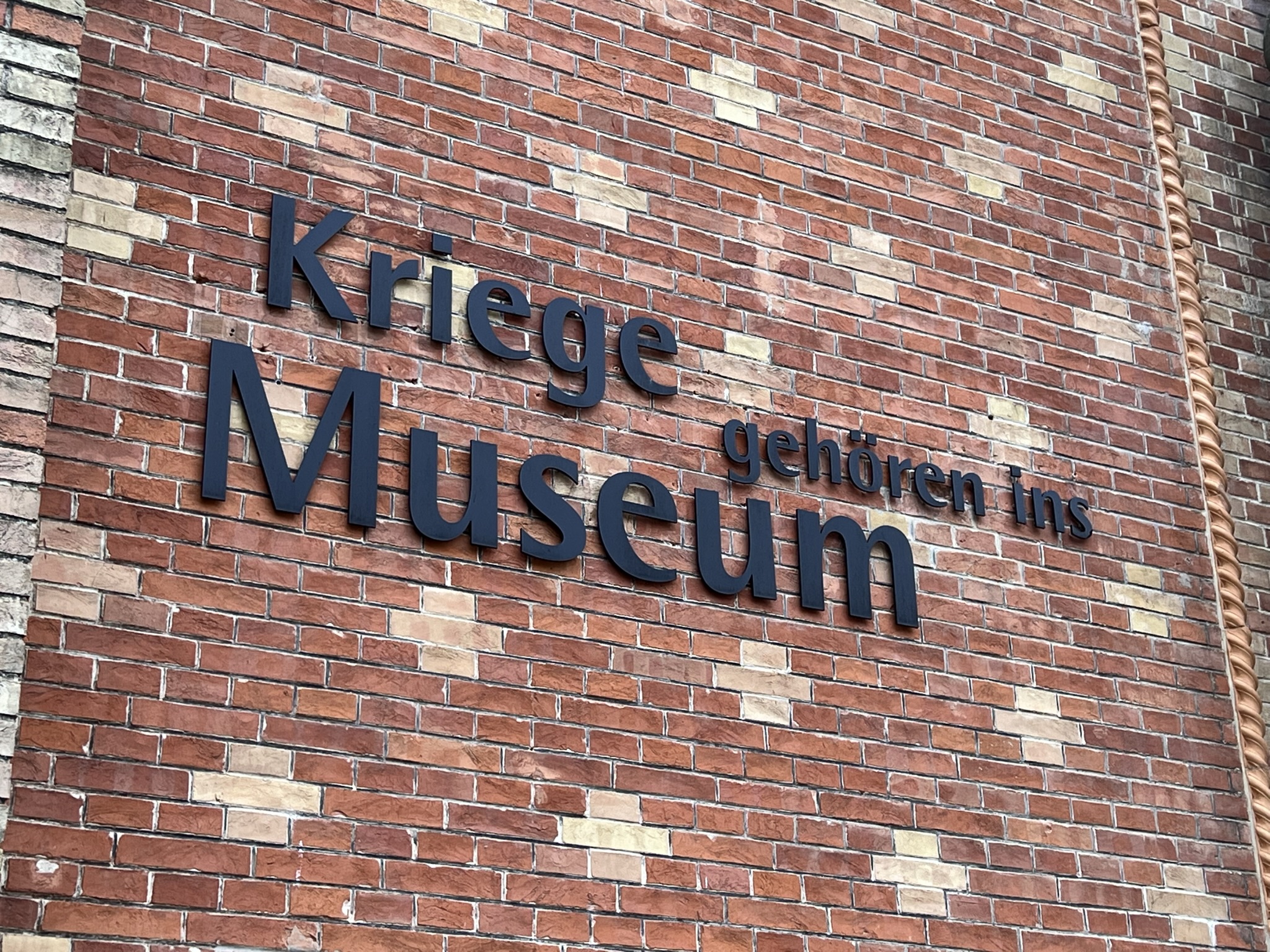

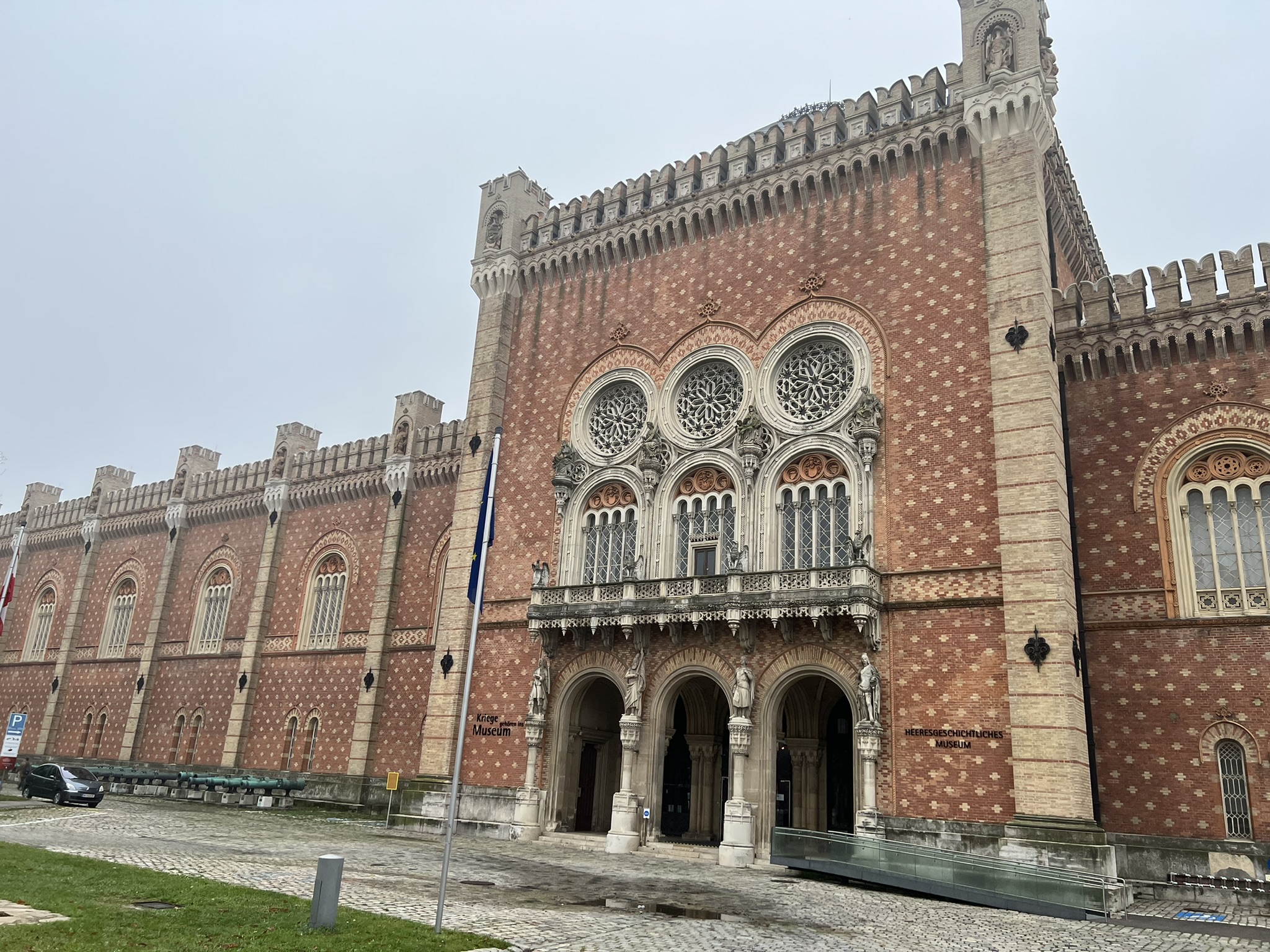
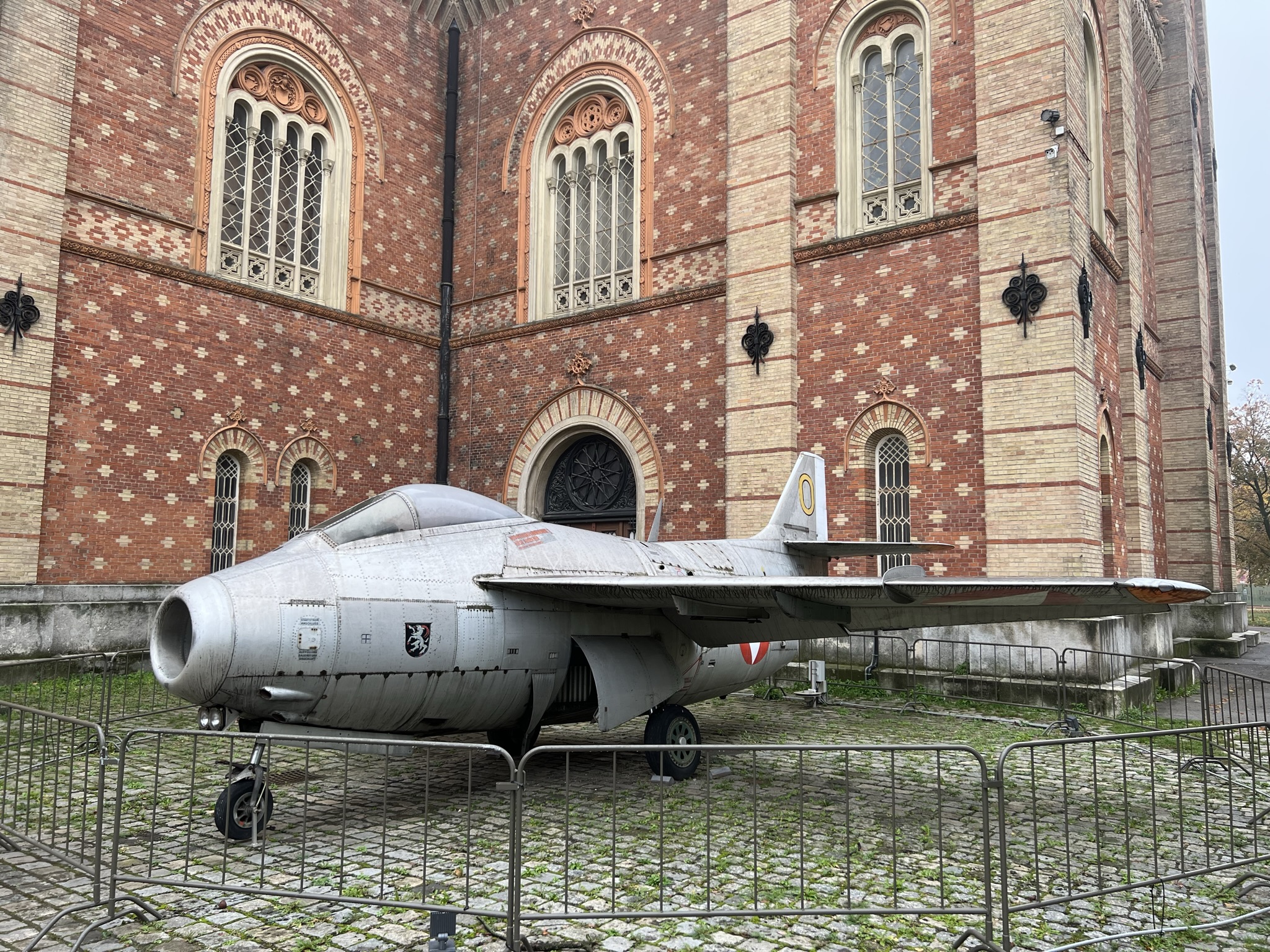
Today the museum documents the history of the Austrian military system from the 16th century to the present. Military technology such as weapons, vehicles, military equipment and uniforms can be seen. Photographs, paintings and documents can also be seen. The various epochs are clearly displayed in each room. Part of the museum is also dedicated to the history of the Austrian Navy, i.e. Austria still had access to the sea.
Feldherrnhalle
You enter the museum in the Feldherrenhalle even before you have paid the entrance fee. In the hall are 56 full-length portrait statues of the “most famous, perennial emulation of worthy war princes and generals of Austria”, as stated in the imperial resolution of February 28, 1863. At 186 cm, they are all of the same height. The names and biographical dates of those portrayed are placed on plaques above the figures. You can see celebrities such as Prince Eugene of Savoy or Emperor Maximilian I.
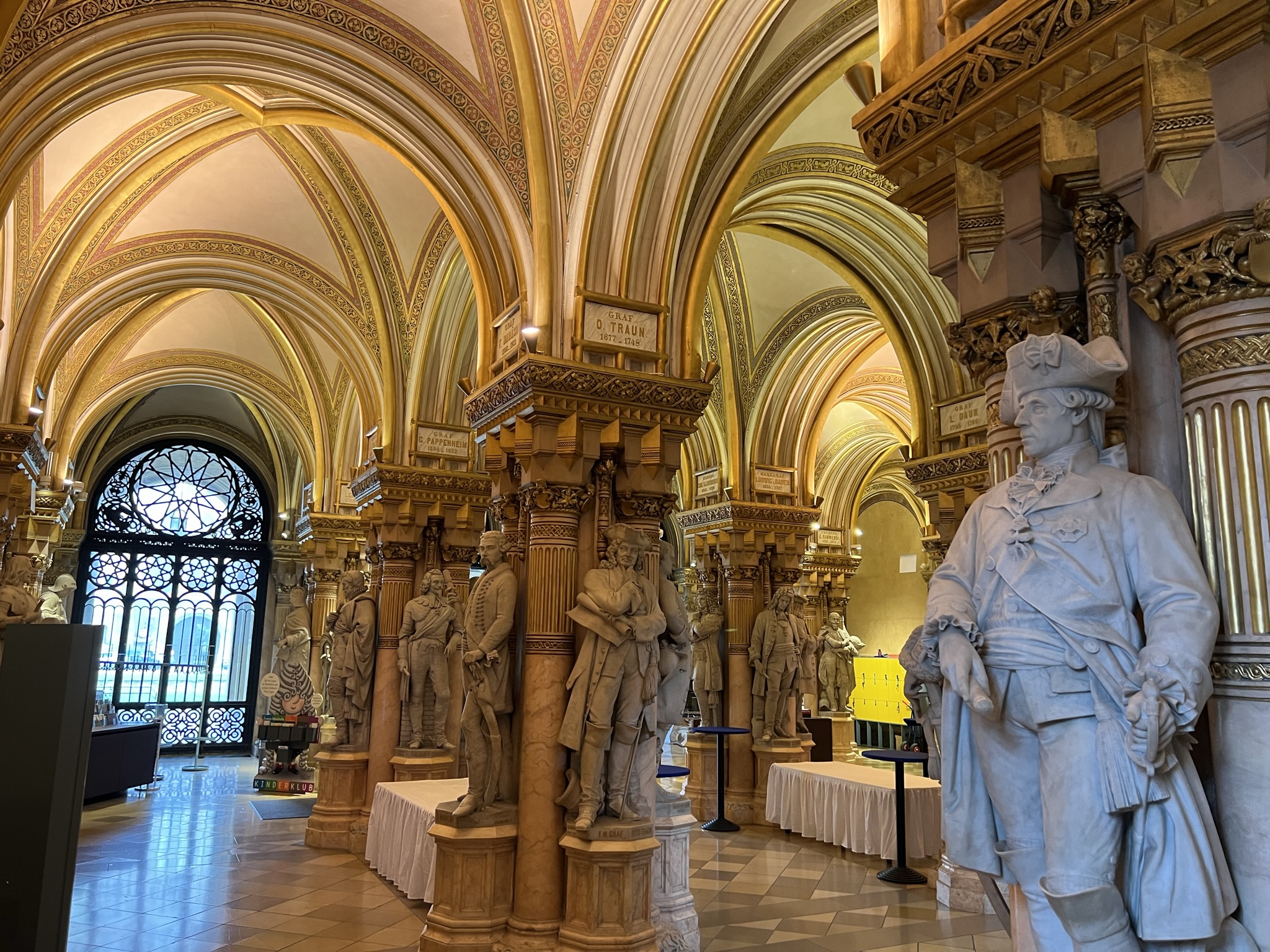
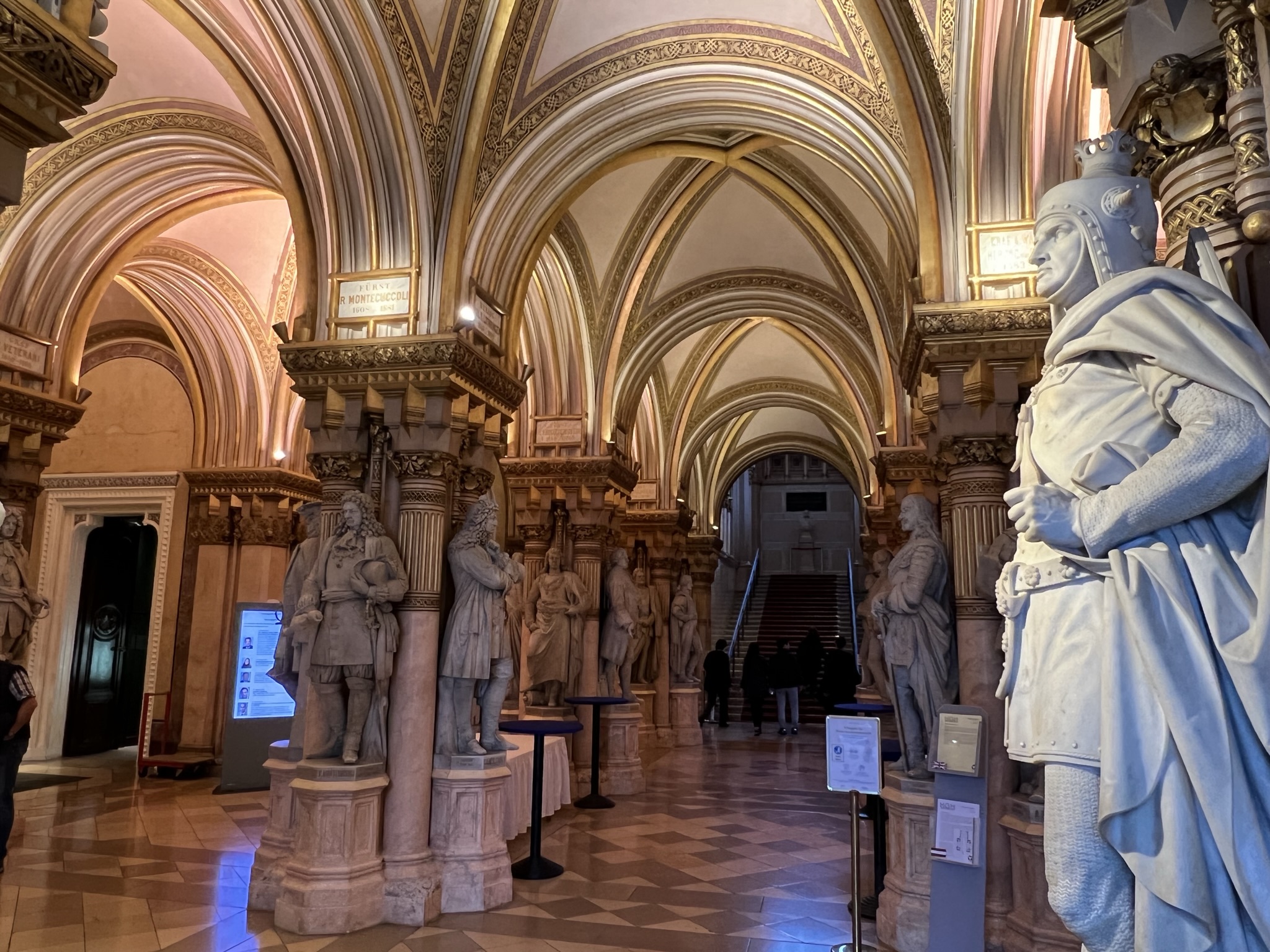
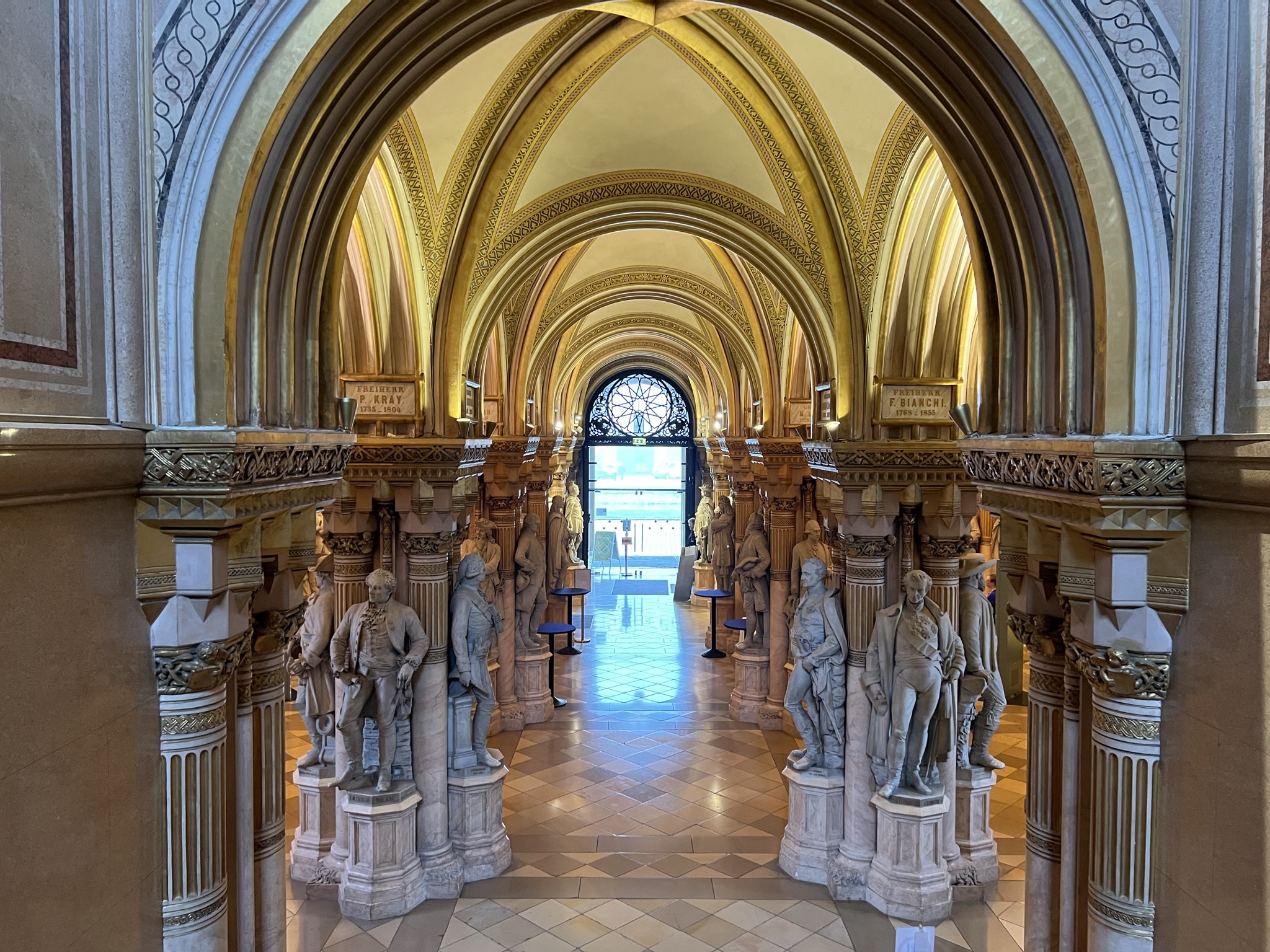
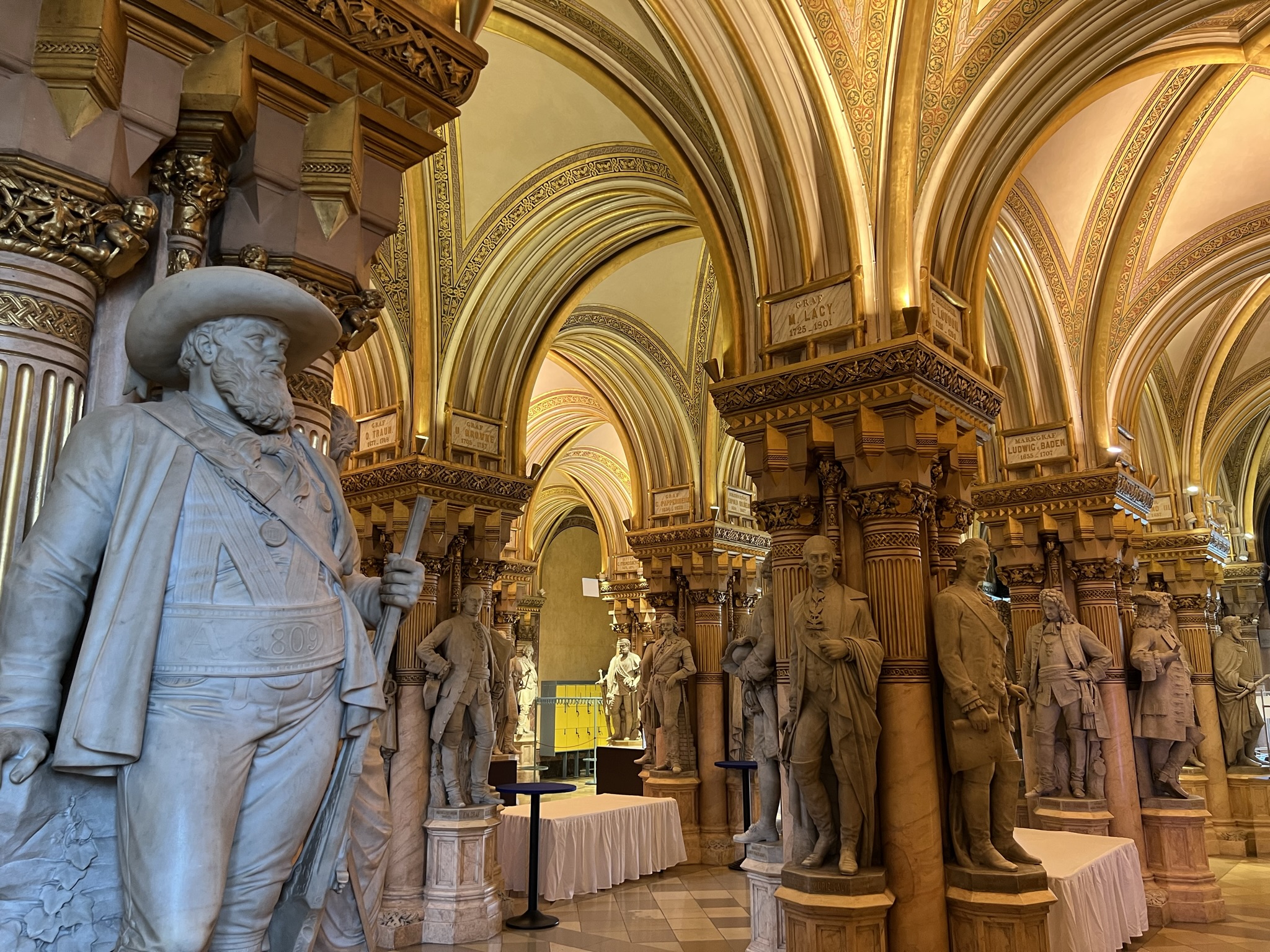
The very beautiful staircase leads up to the first floor, where you enter the Hall of Fame.
hall of fame
From the Feldherrenhalle you go up the stairs to the Hall of Fame. This hall is a highlight of the museum. The Hall of Fame is decorated with frescoes by Karl von Blaas and shows the most important military events in Austria’s history since the Babenbergs.
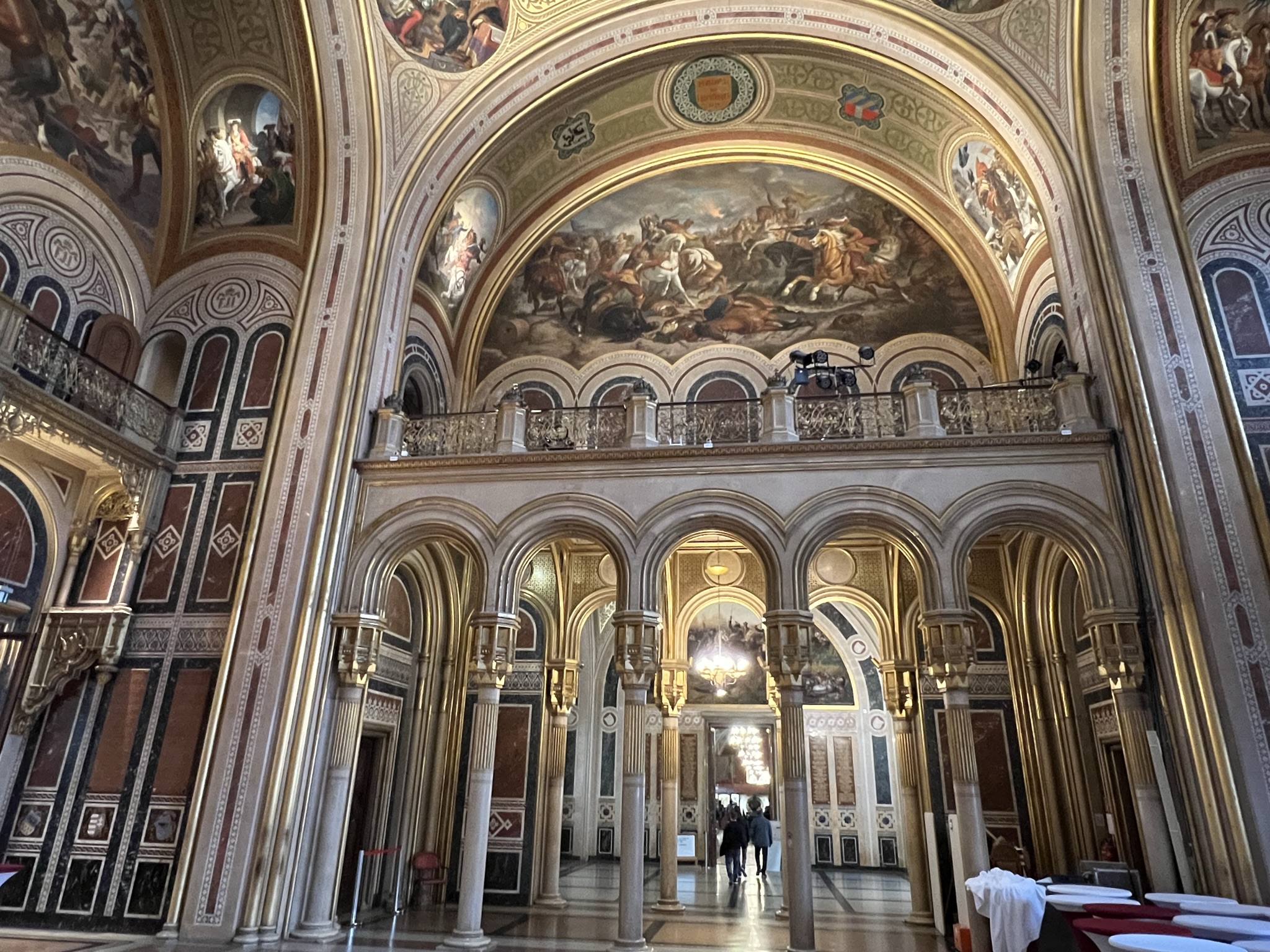


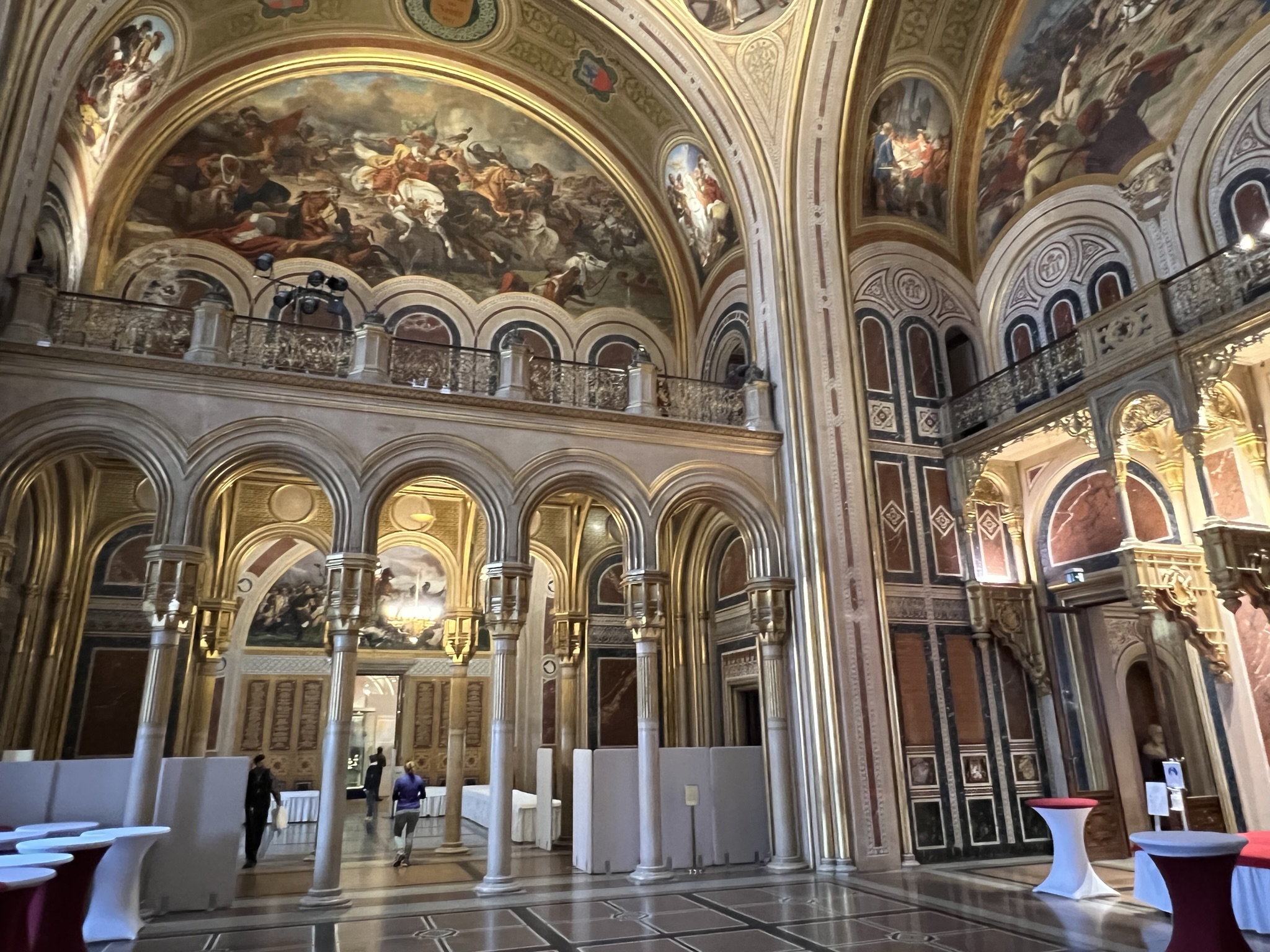
Room I – From the Thirty Years’ War to Prince Eugene (16th century – 1700)
The first room of the museum is dedicated to the history of Europe in the 16th and 17th centuries. The technical development of firearms can be traced from the arquebus of the 16th century to the matchlock, wheellock and flintlock muskets. Also some cutting, stabbing and thrusting weapons of the Thirty Years’ War A special exhibit is Wallenstein’s handwritten letter to his Field Marshal Gottfried Heinrich zu Pappenheim dated November 15, 1632, which was written on the eve of the Battle of Lützen. Pappenheim died the next day. He had carried the letter with him, traces of blood can still be seen on it today. Furthermore, various utensils of the Turkish wars can be seen.
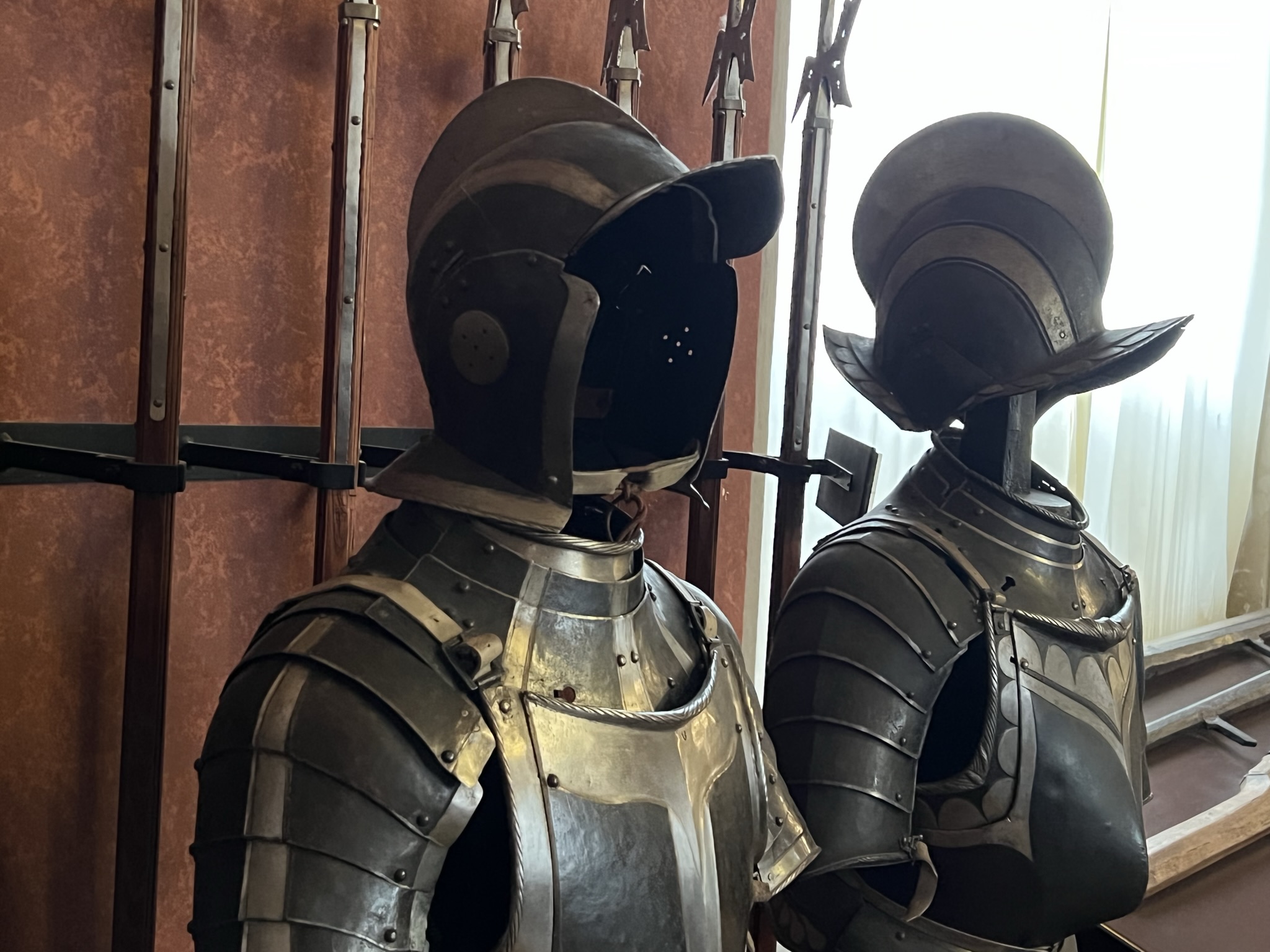
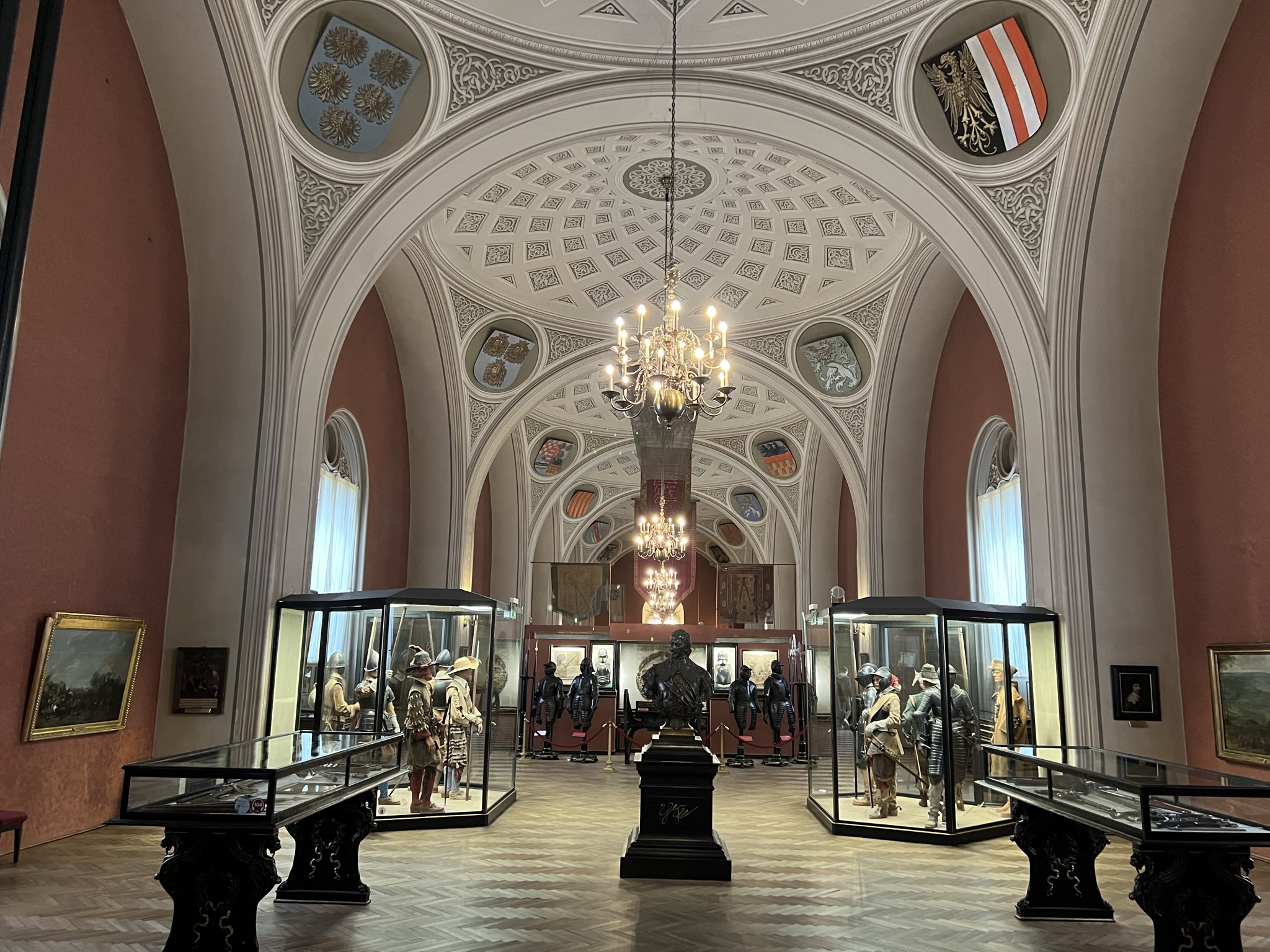
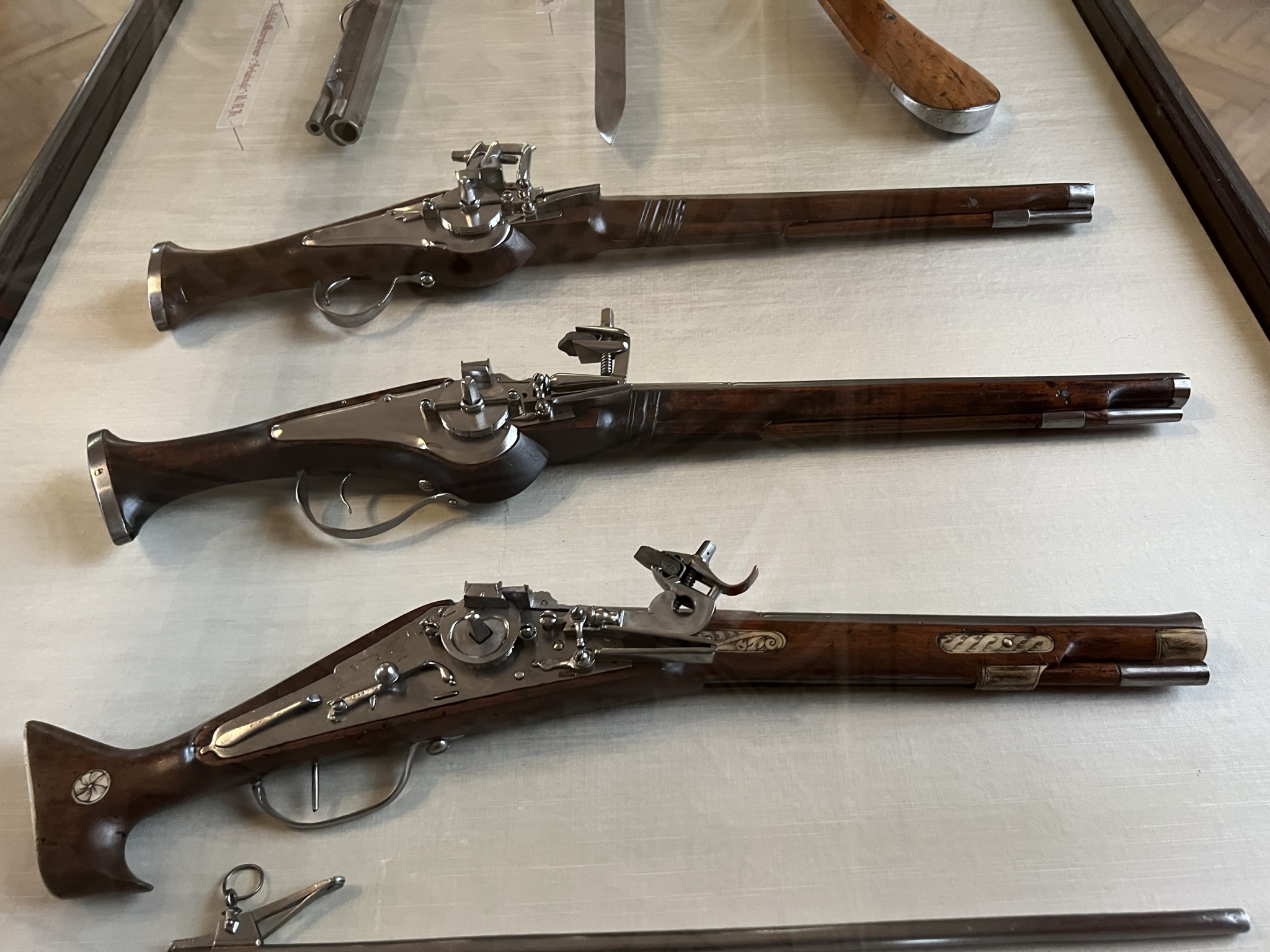
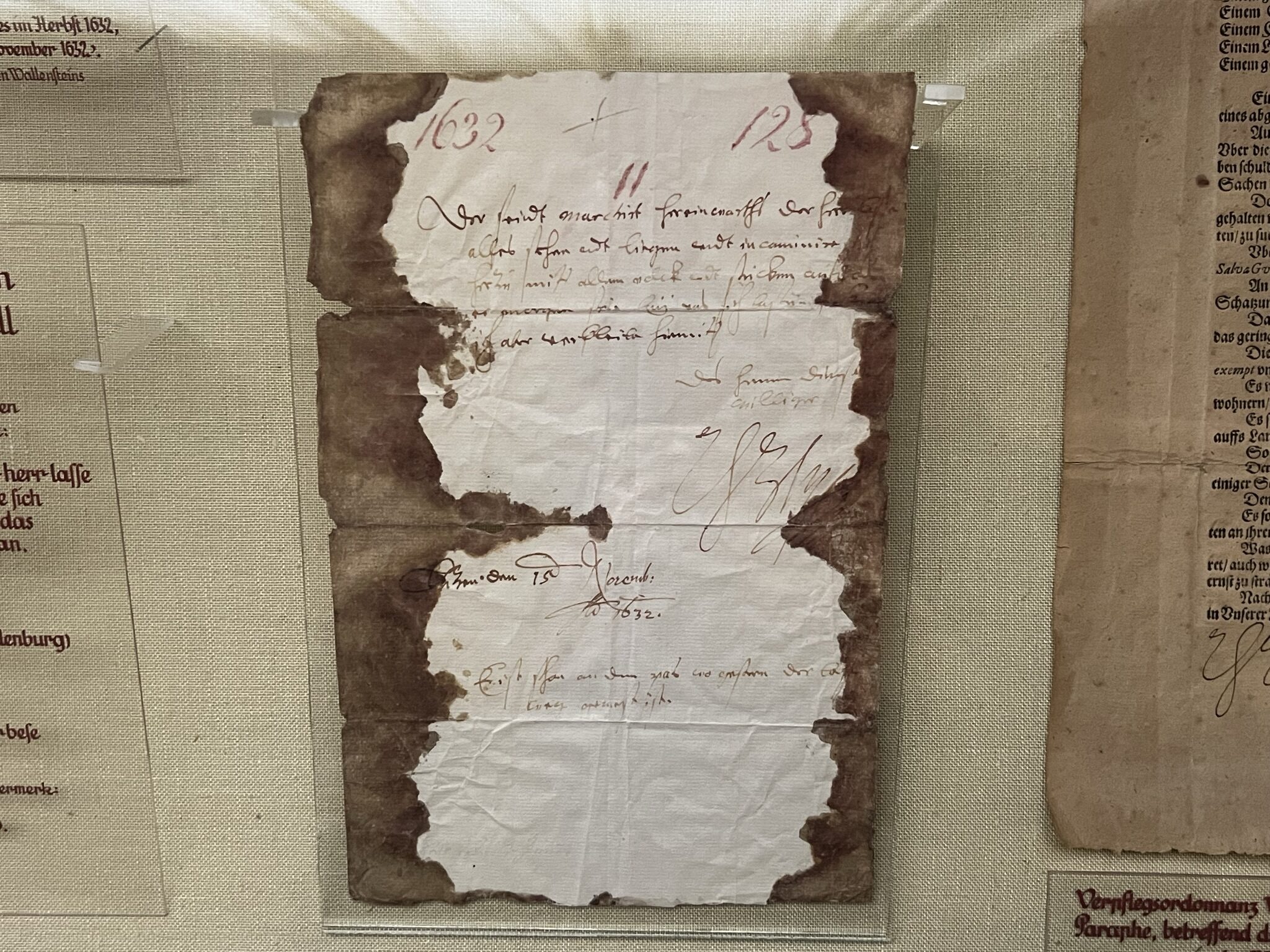
Hall II – War of Spanish Succession and Maria Theresa Hall (1701–1789)
Here you can see deeds around Prince Eugen. You can see, among other things, the ten-pound “Mortar of Belgrade”, which in 1717 destroyed an entire district of Belgrade with a single shot into a Turkish powder magazine.
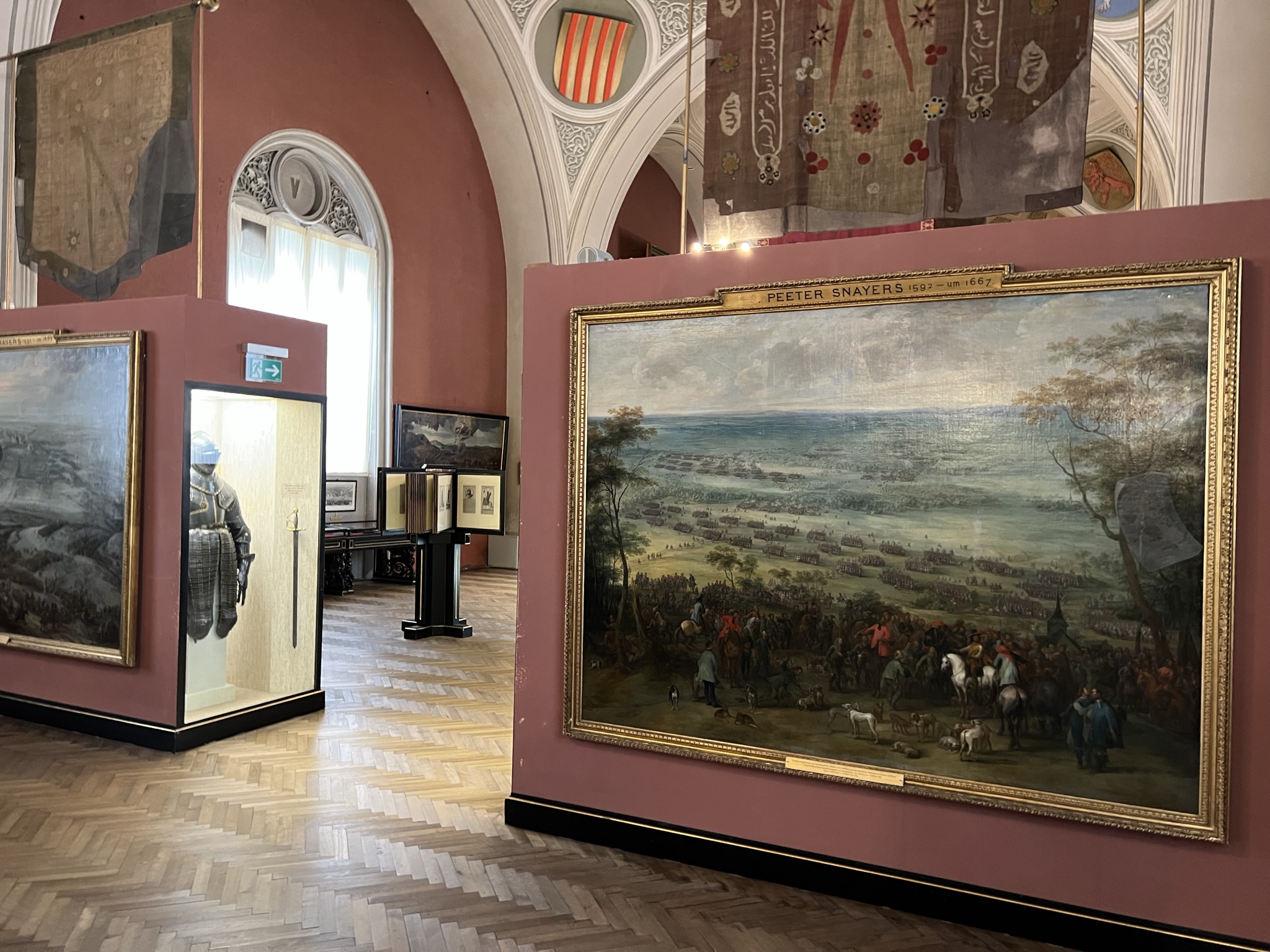
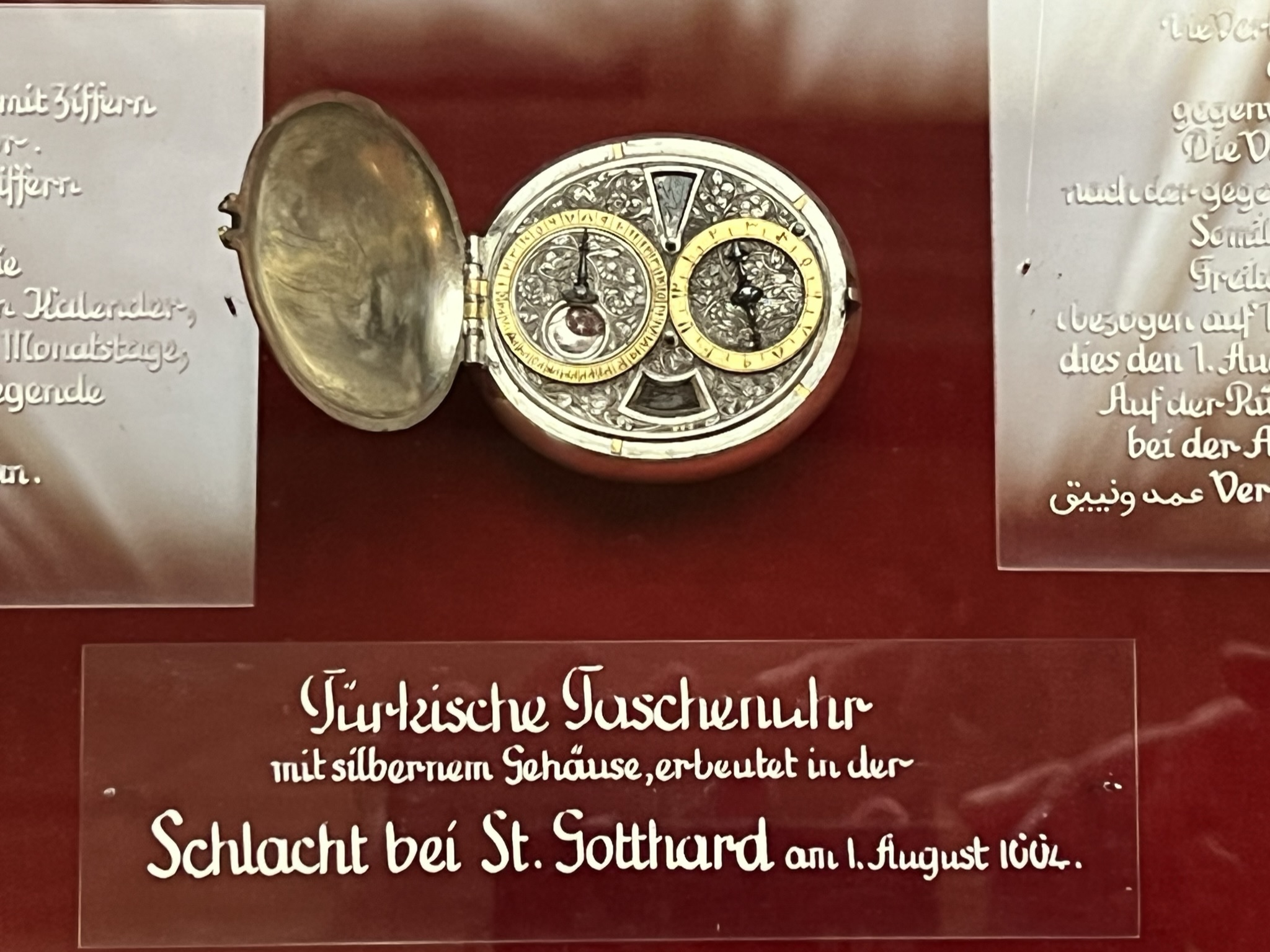
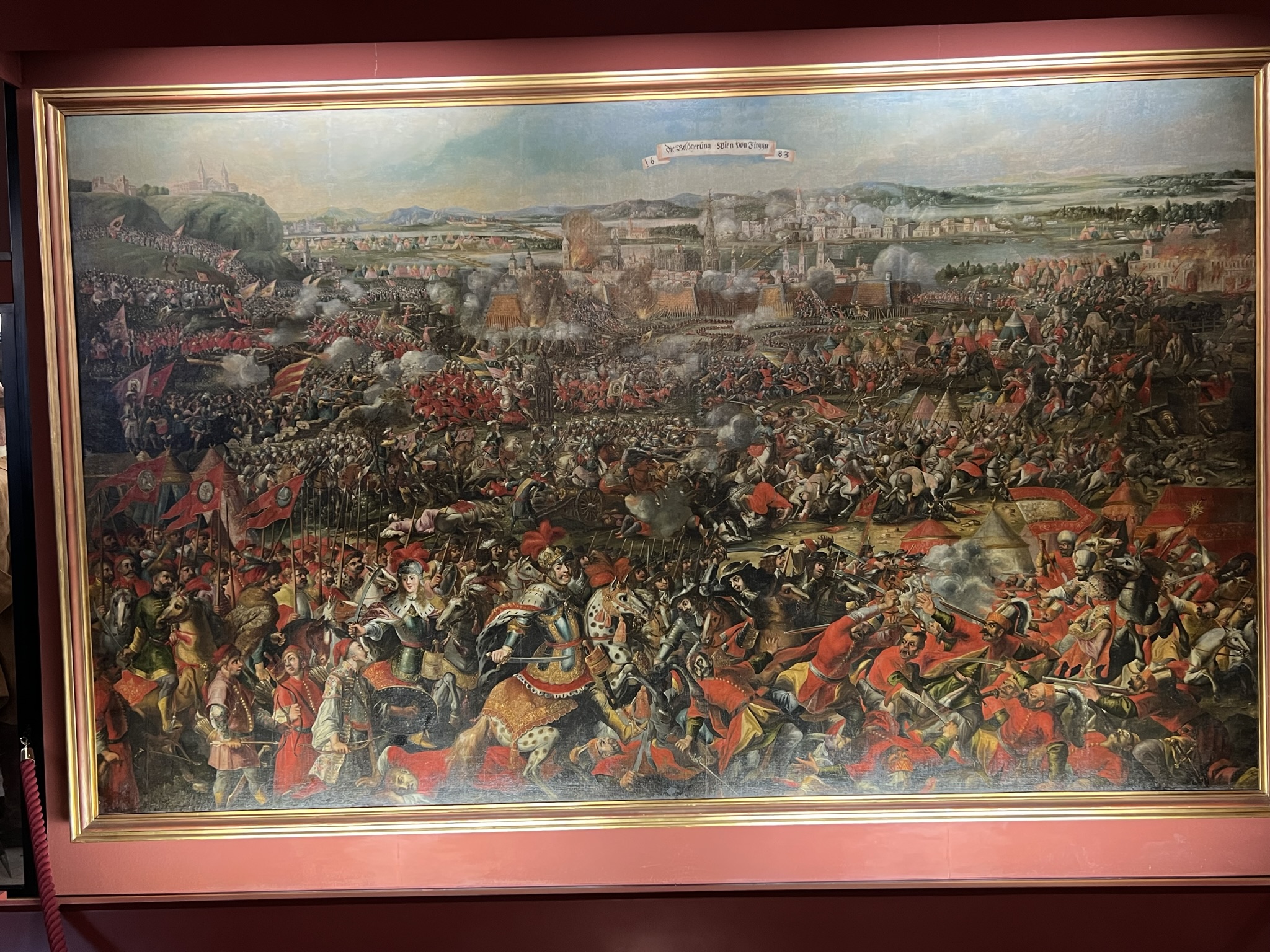
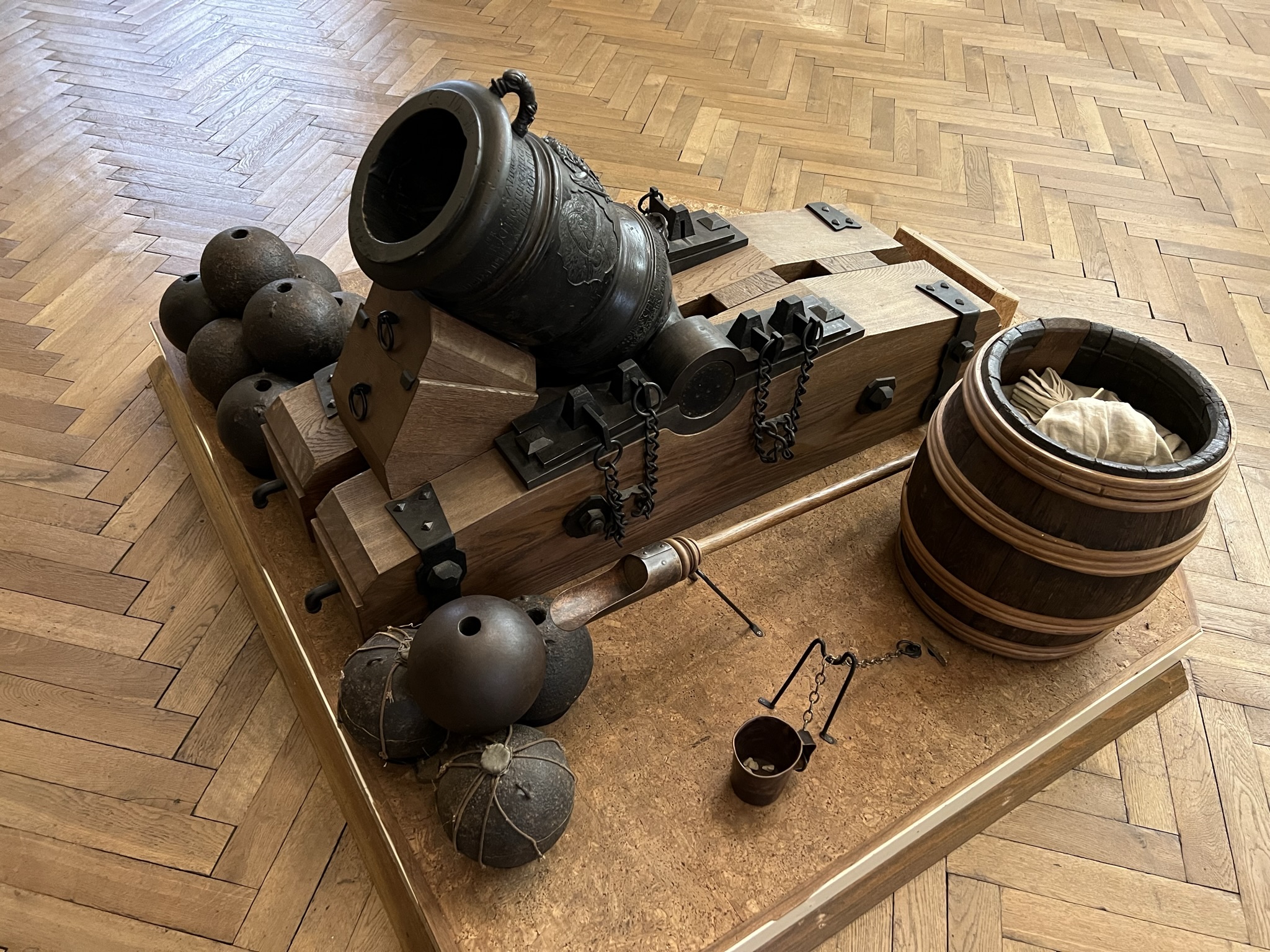
Hall III – Hall of Revolutions (1789–1848)
The Hall of Revolutions is shaped by the battles of Napoleon Bonaparte at Austerlitz, Würzburg, Aspern, Deutsch-Wagram and Leipzig.
A highlight of the exhibition is the French war balloon “Intrépide” (= “the fearless one”), which was captured by Austrian troops on September 3, 1796 in the Battle of Würzburg. Also hidden in a display case is the coat of the Russian general Pavel Andreyevich Schuvalov, which Napoleon wore on his journey into exile to the island of Elba.
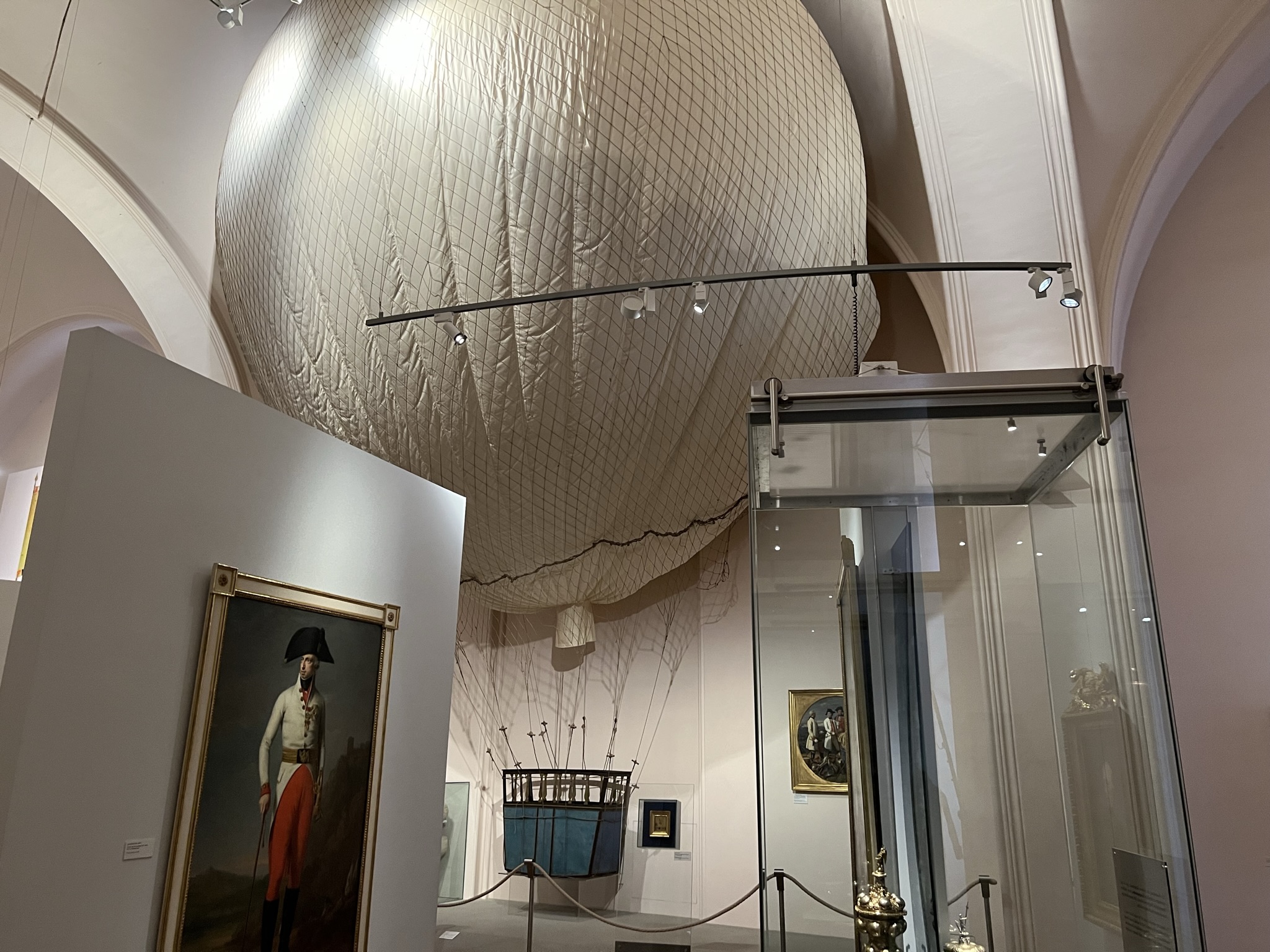

Hall IV – Field Marshal Radetzky and his time (1848–1866)
This hall is dedicated to Josef Wenzel Radetzky von Radetz, who fought in the last Turkish war. He served under 5 emperors for a total of 72 years and was involved in 17 campaigns, for which he received 146 domestic and foreign medals. Among other things, a field cannon from 1863 can be seen.
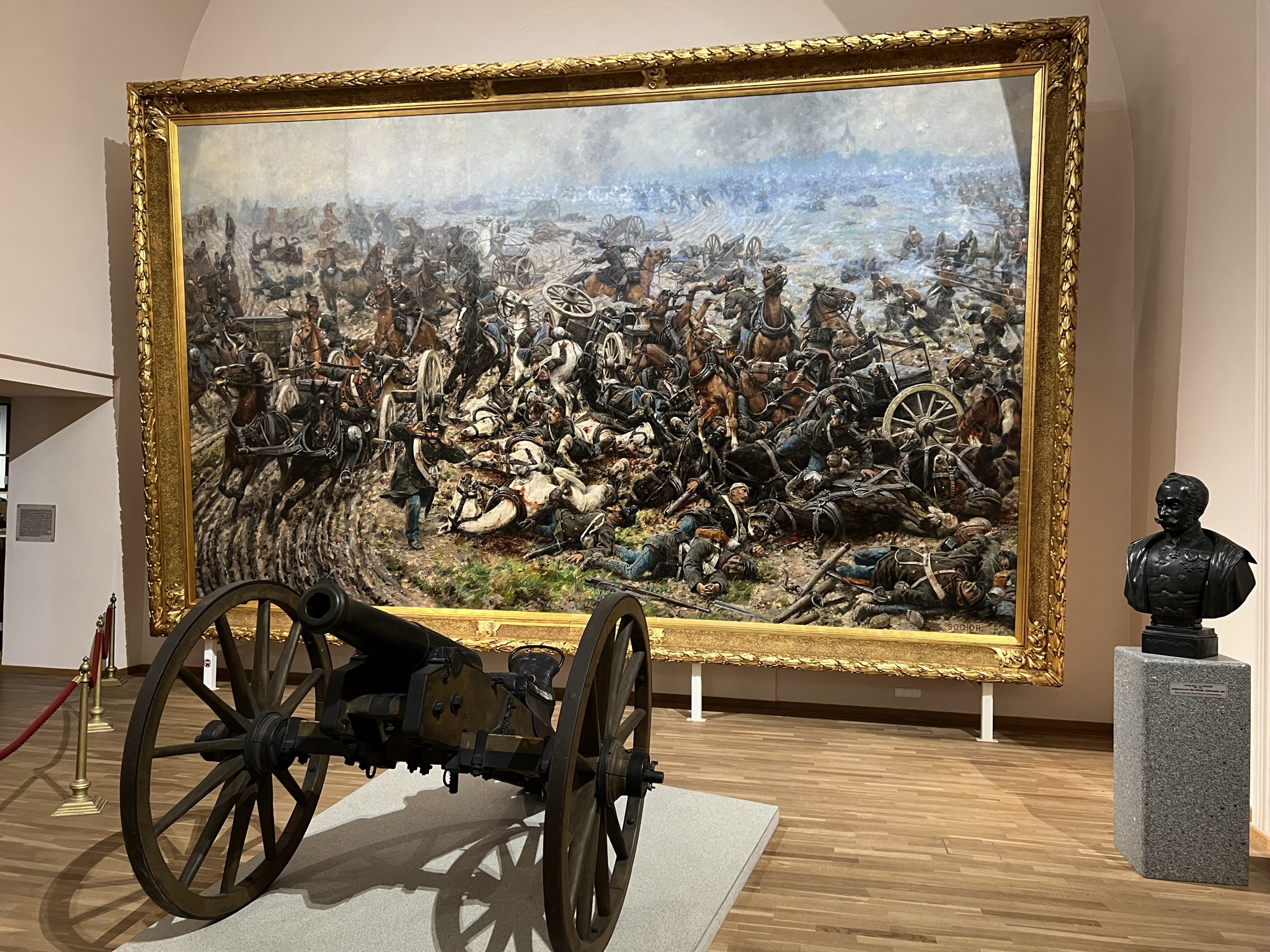
We are now going back down to the ground floor.
Hall V – Franz Joseph Hall and Sarajevo (1867–1914)
In addition to uniforms and guns, the Franz-Joseph-Saal contains 34 depictions of uniforms of the Imperial and Royal Army painted by Oskar Brüch. Franz Joseph’s uniform is also on display here.
A separate section is dedicated to an absolute highlight of the museum: the assassination attempt in Sarajevo, which immediately triggered the First World War.
On display is the Gräf & Stift automobile in which the Austrian heir to the throne Archduke Franz Ferdinand and his wife Sophie Chotek were murdered on June 28, 1914. You can even see the traces of the two attacks on the vehicle. These can also be seen on the archduke’s uniform, which can be seen, as can the chaise longue on which the heir to the throne succumbed to his injury.
Also on display are the weapons used, including Browning M.1910/12 pistols and a Kragujevac hand grenade.
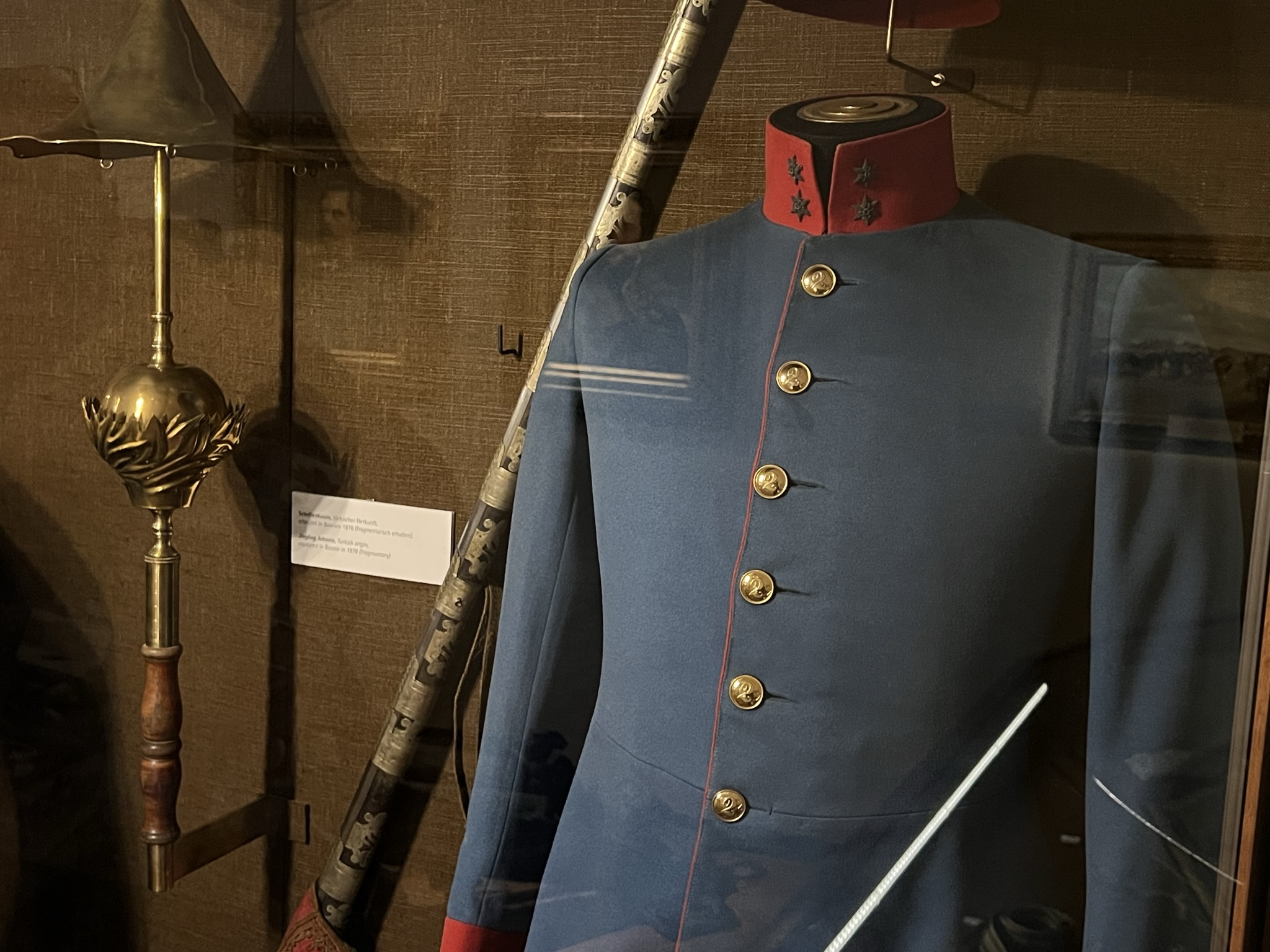
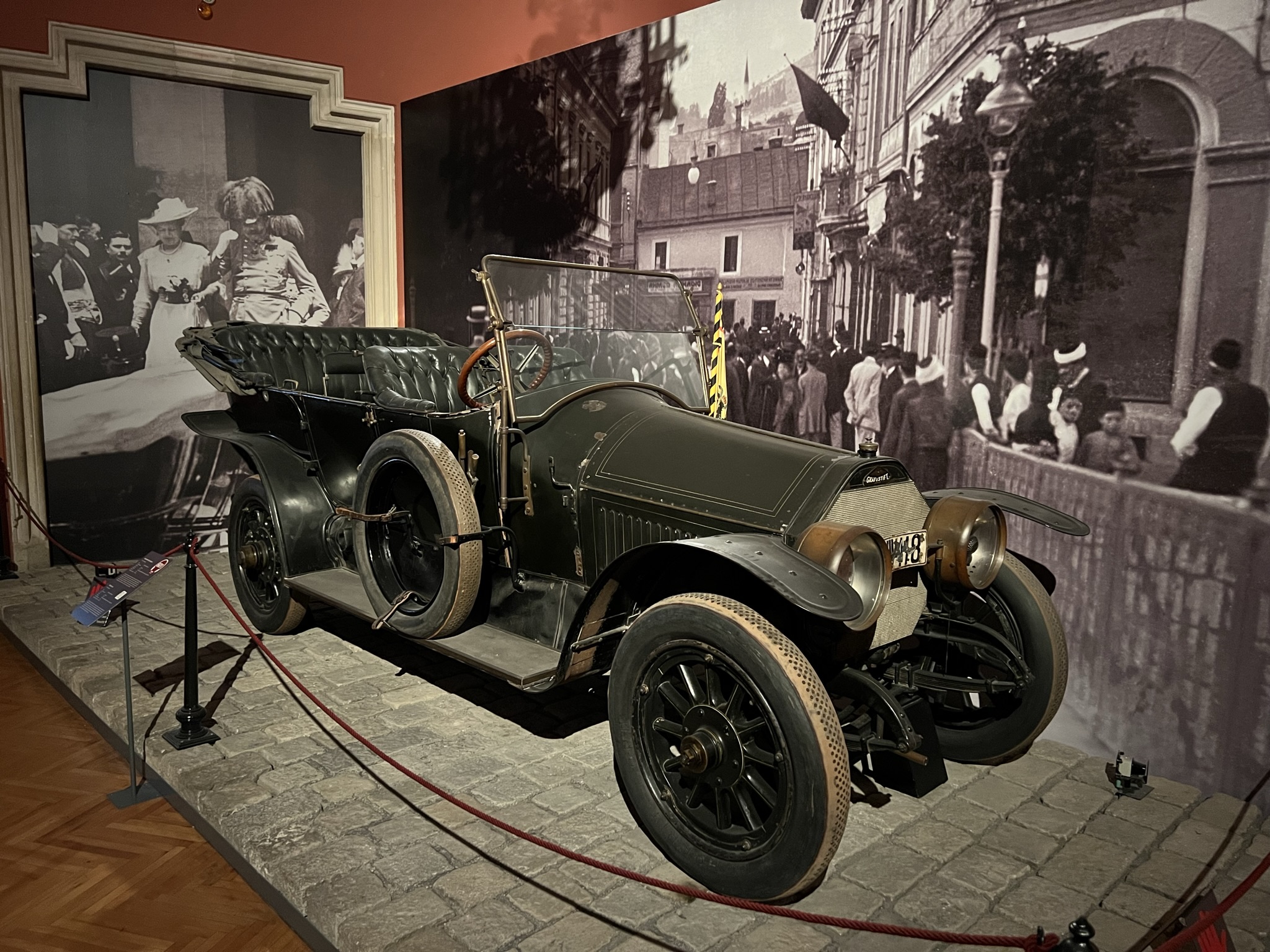

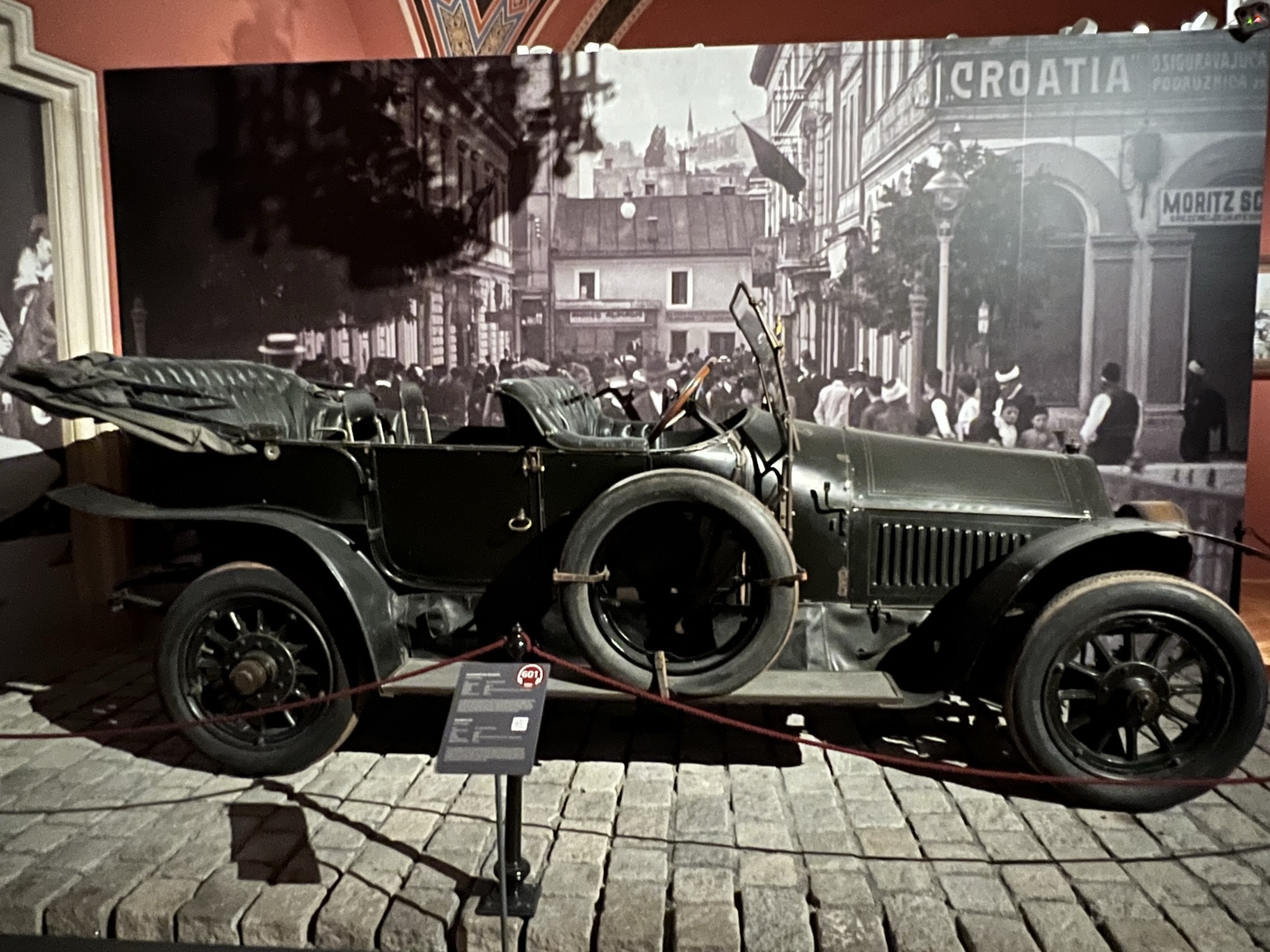
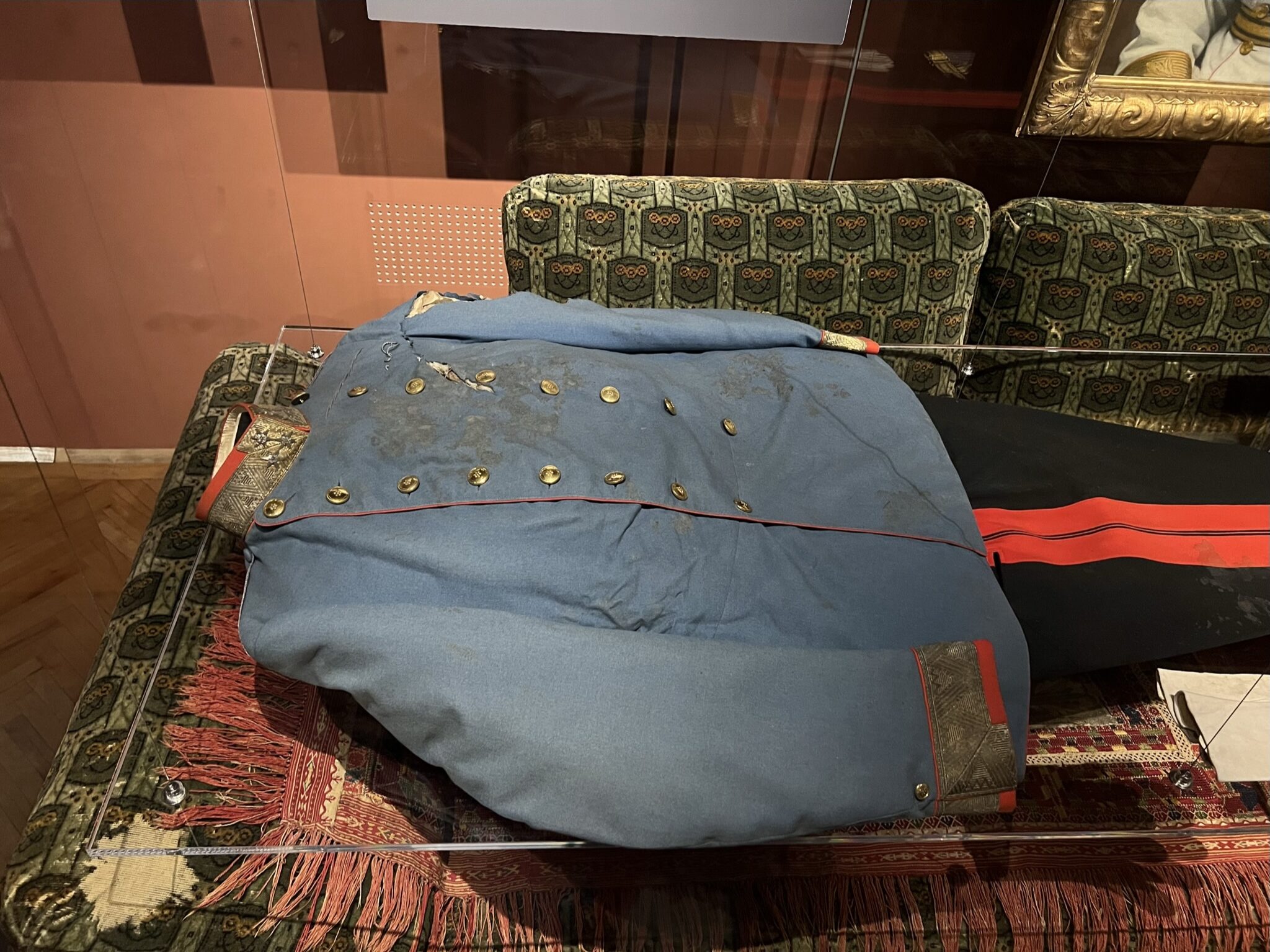
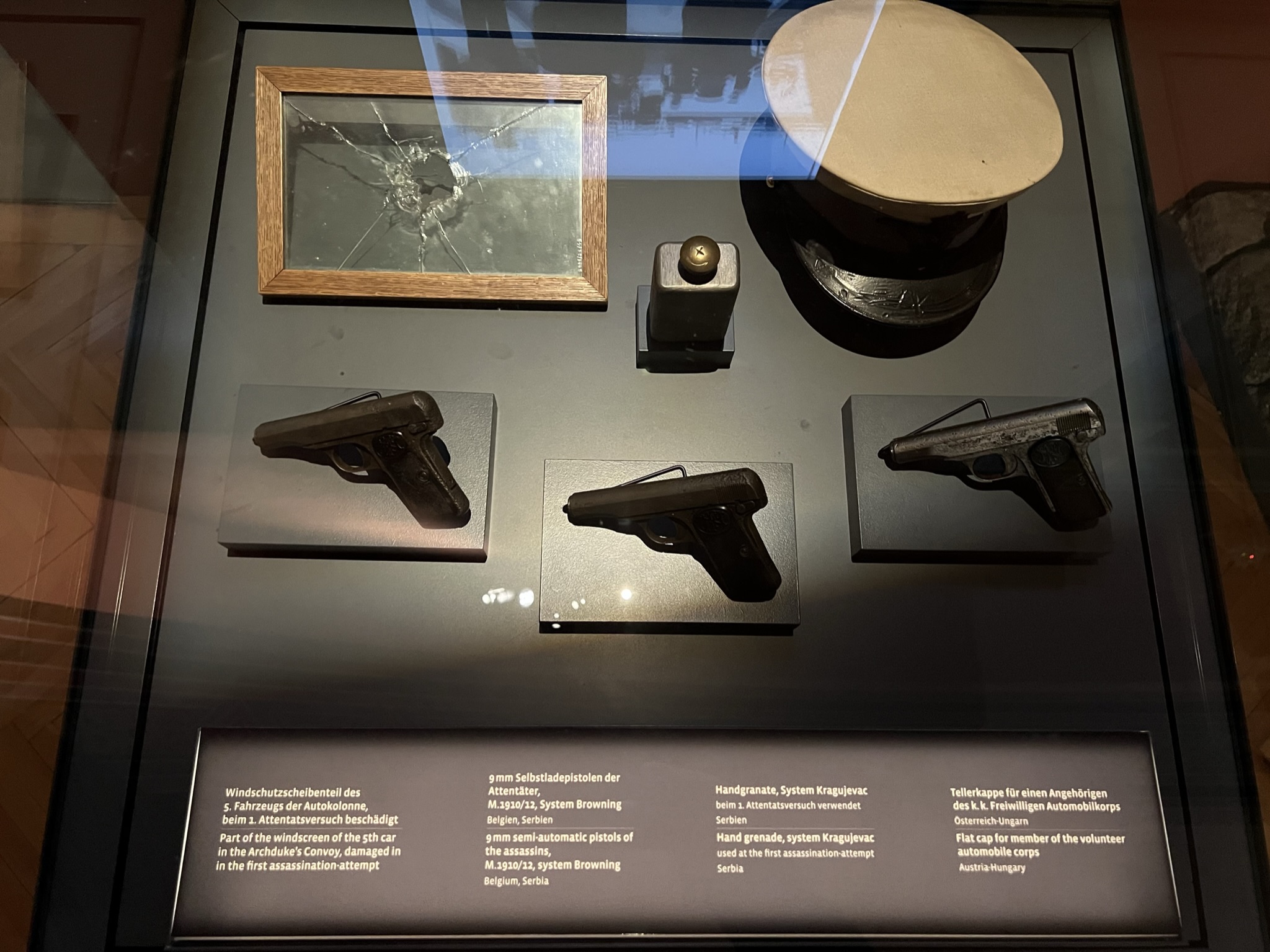
Room VI – The First World War and the end of the Habsburg Monarchy (1914–1918)
Since 2014, this exhibition can be seen on 3 levels. There are over 2,000 World War I objects here, such as. Uniforms, armament and equipment.
The highlight is an Austrian M.1916 siege howitzer with a caliber of 38 cm, which could fire shells weighing 750 kg over a distance of 15 km. The Albatros B.II reconnaissance aircraft is also worth seeing.

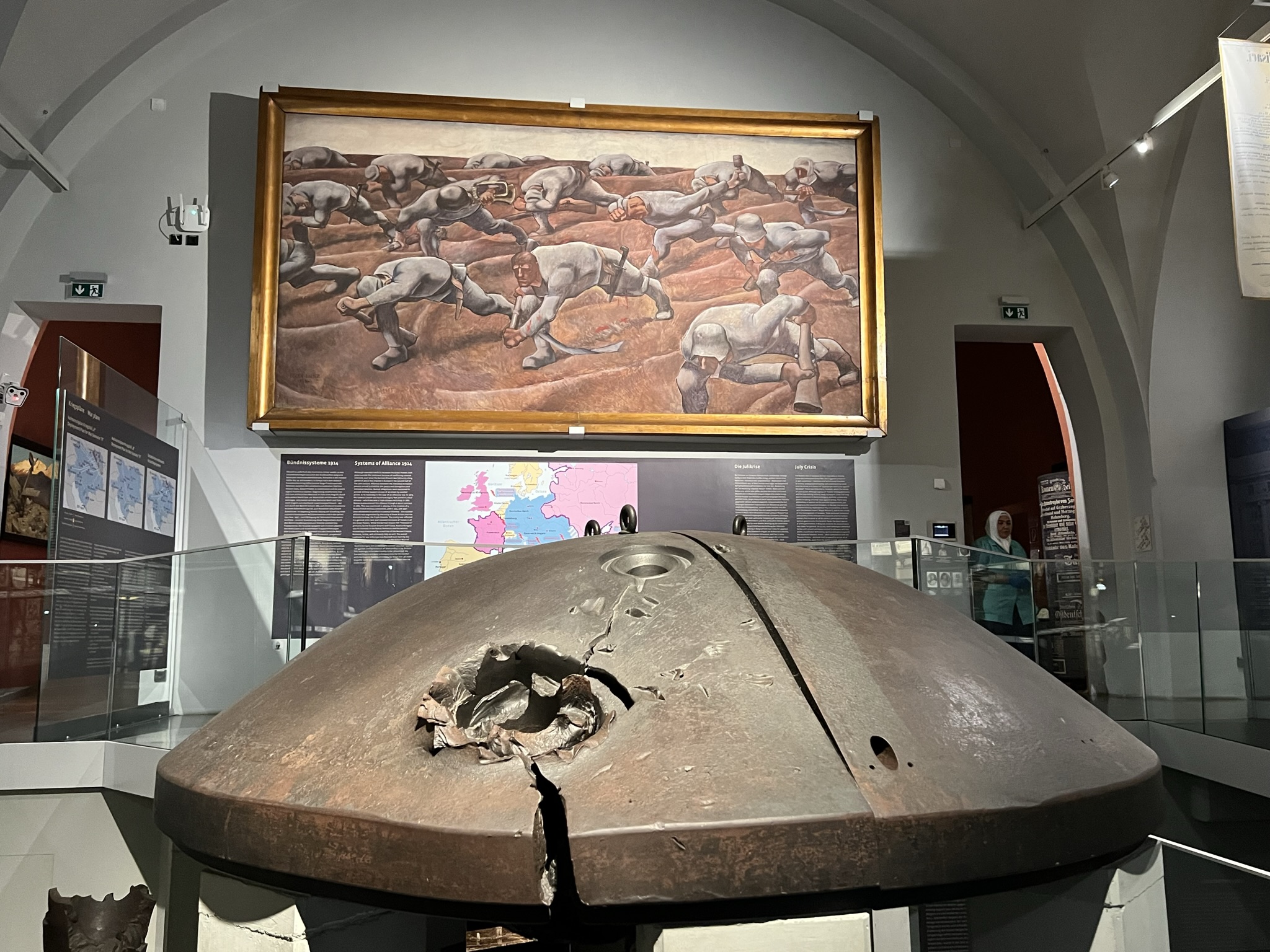
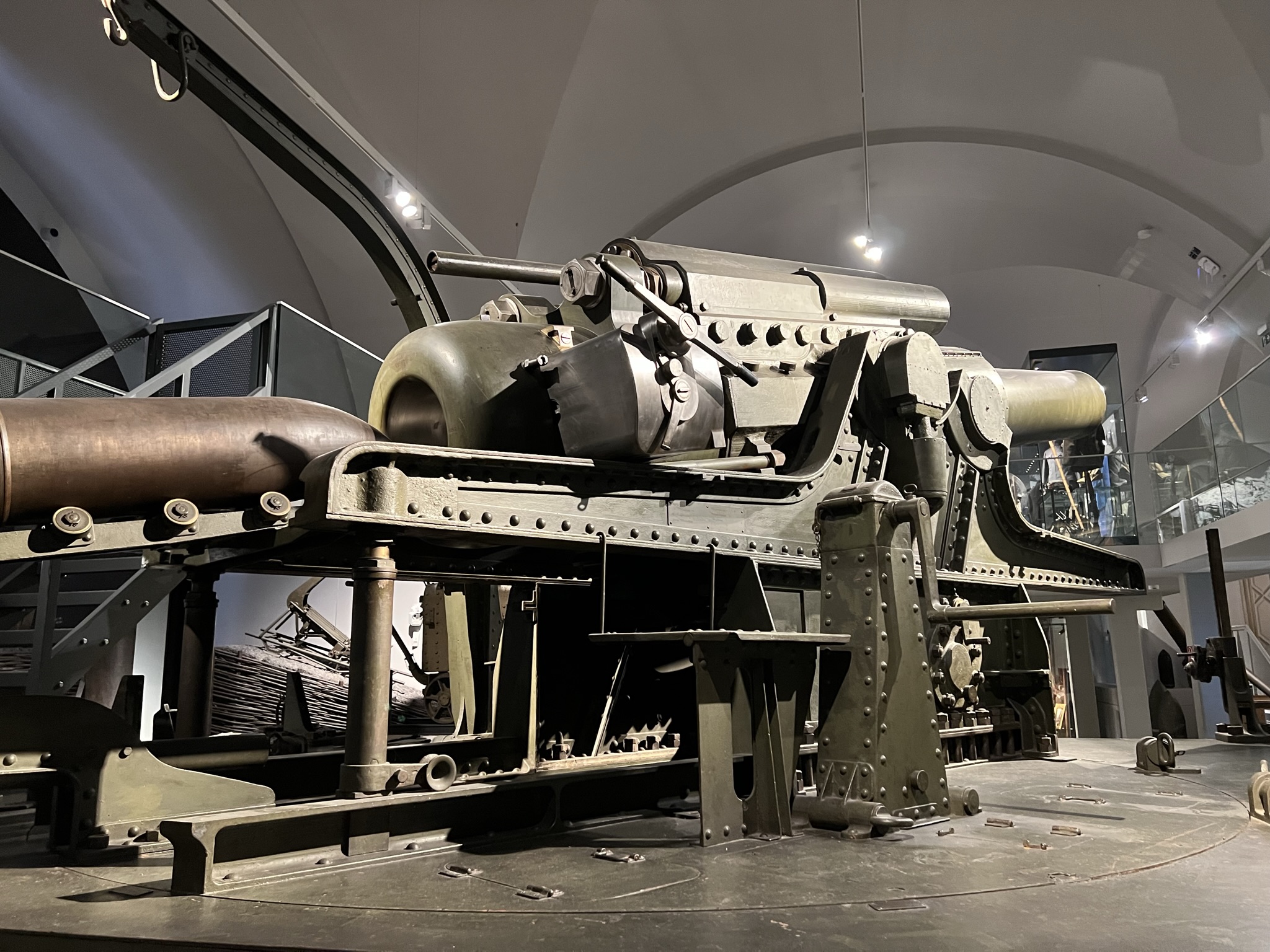
Hall VII – Republic and Dictatorship (1918–1945)
This room is dedicated to the history of the First Republic and the Second World War. Numerous infantry/army uniforms are on display. Numerous technical devices and vehicles can also be seen, such as: a BMW R 12 motorcycle, 8.8 cm anti-aircraft gun, the “Goliath” explosive tank, a 44 assault rifle or a VW Kübelwagen. Even airplanes are on display. Parlor games that were supposed to make war palatable to children were also interesting.
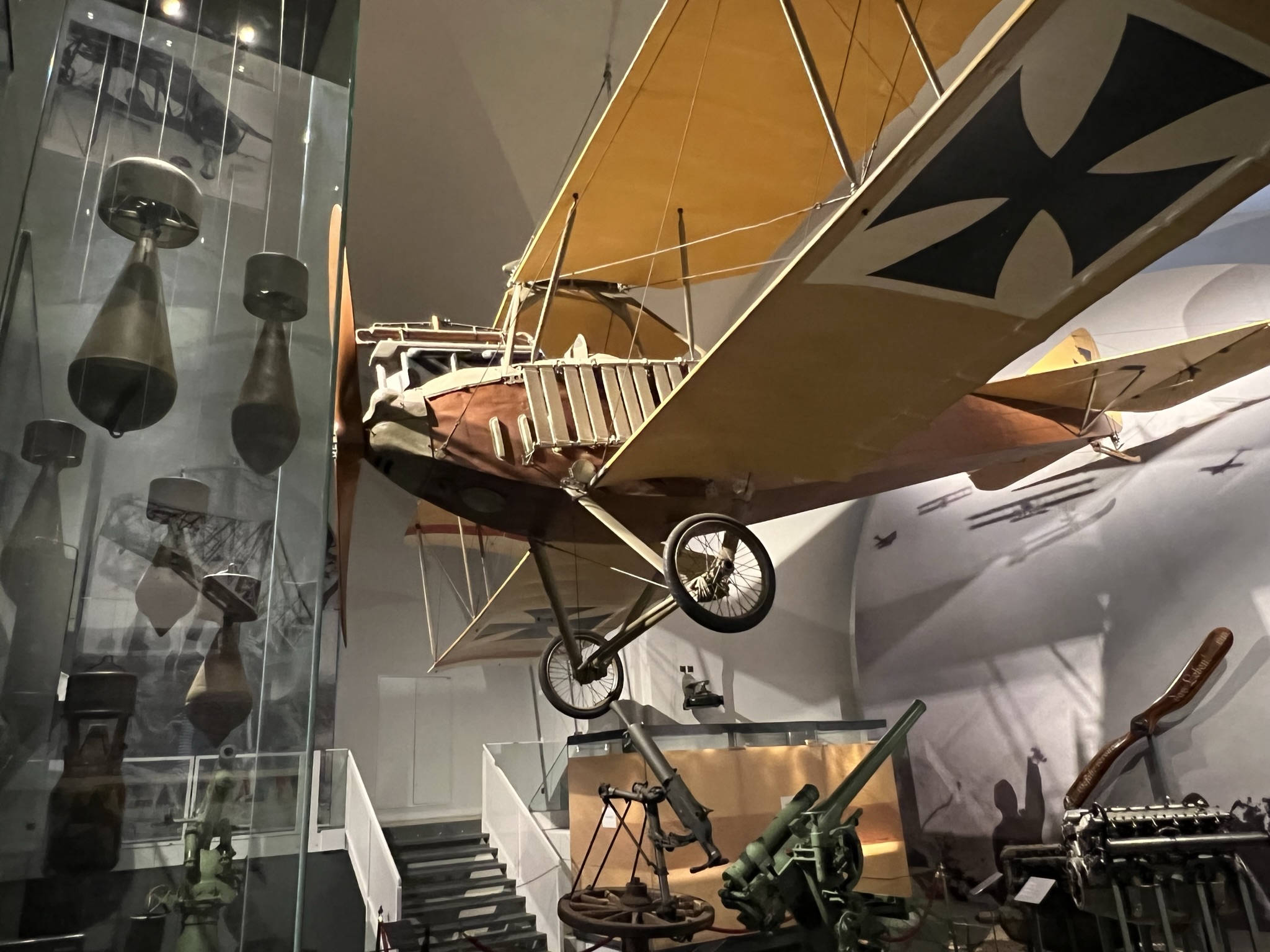
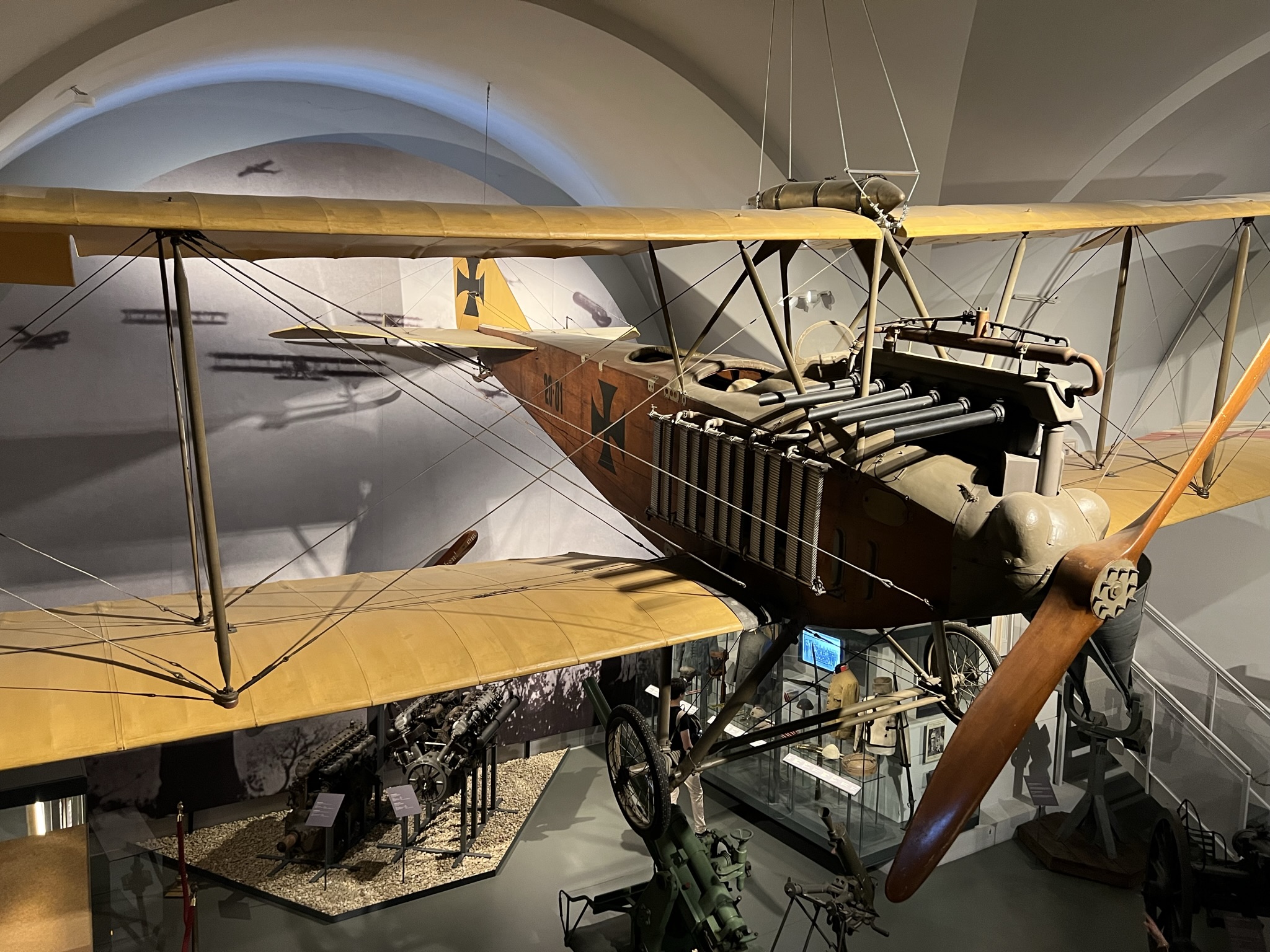
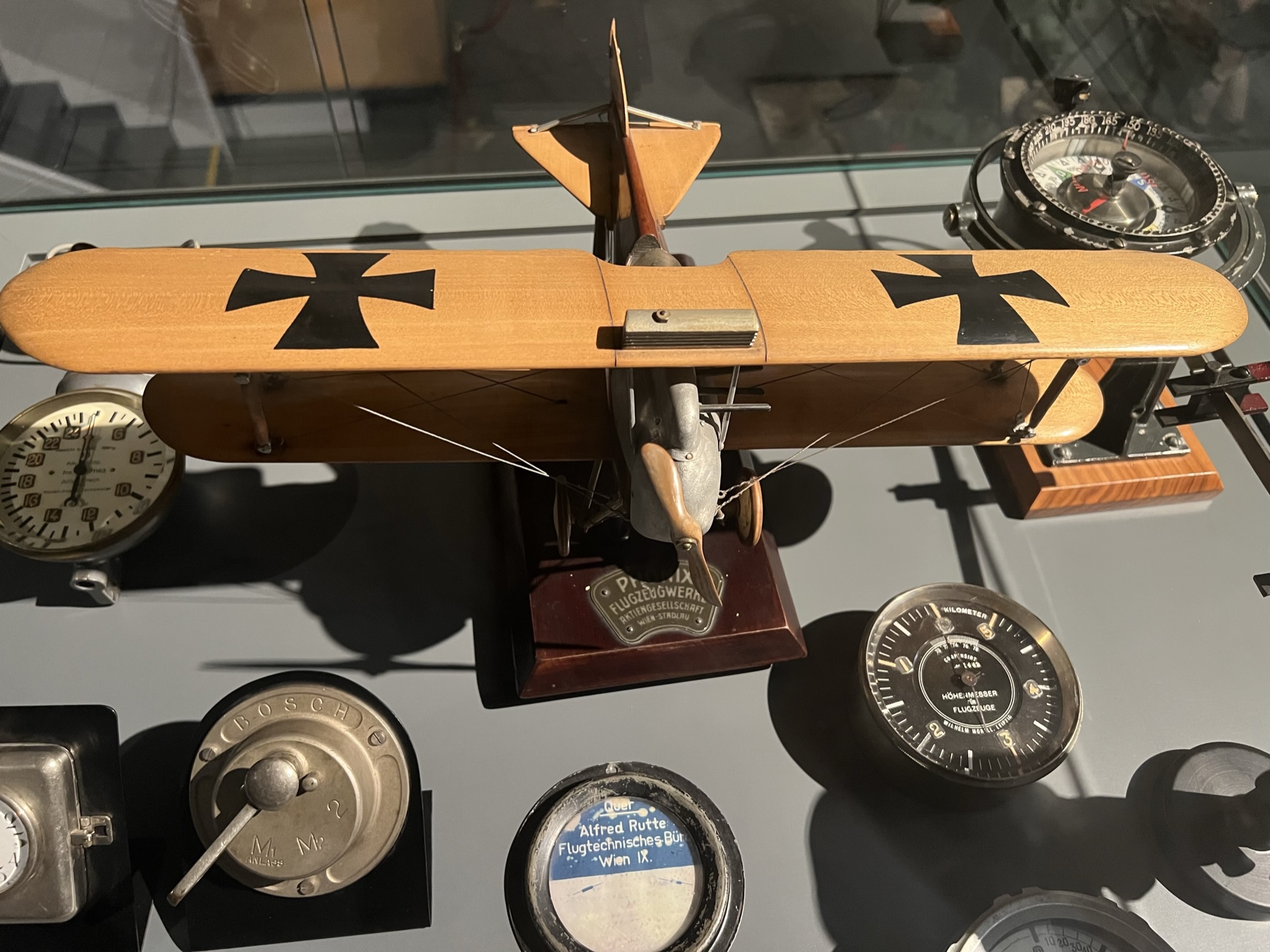
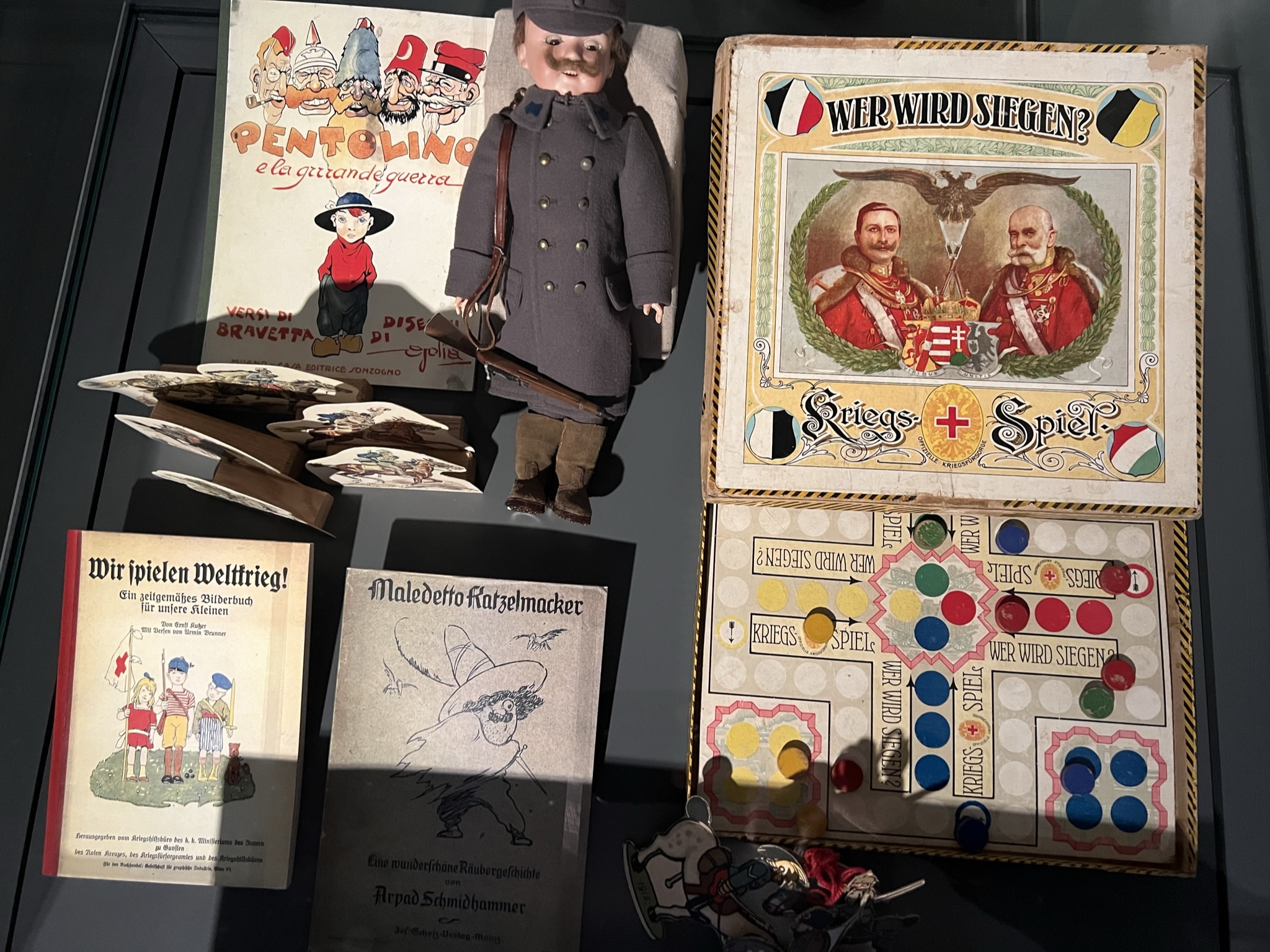
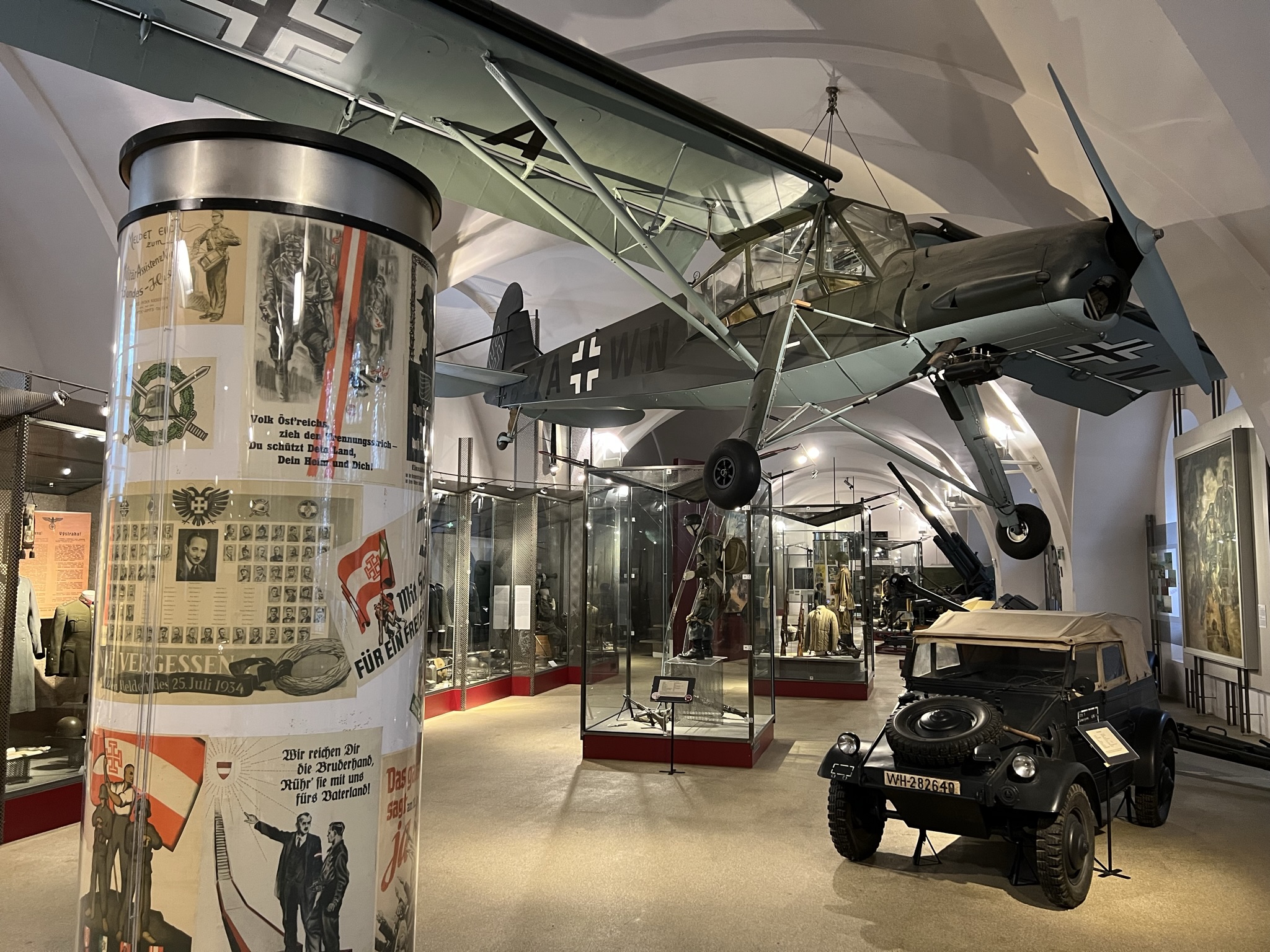
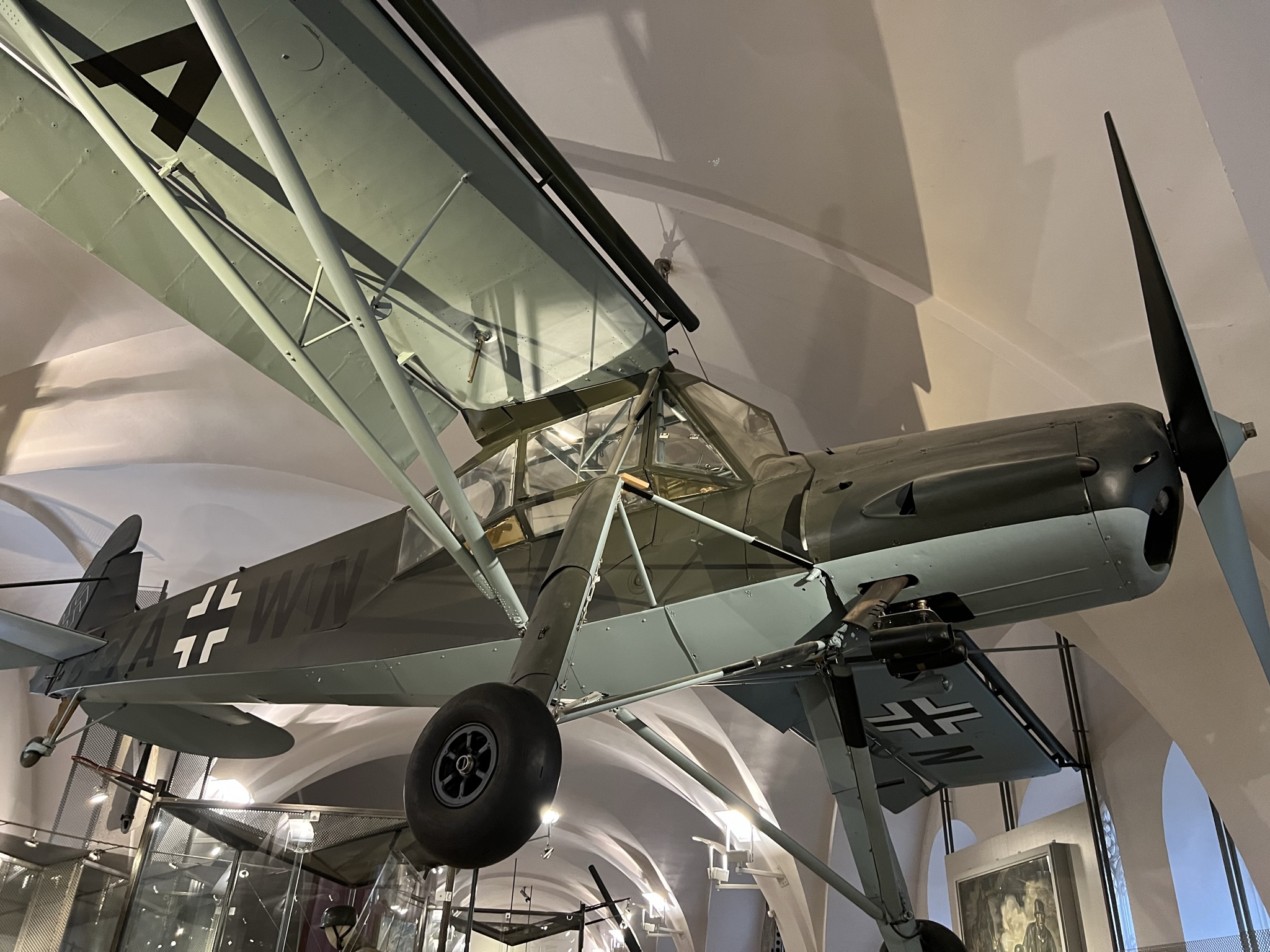
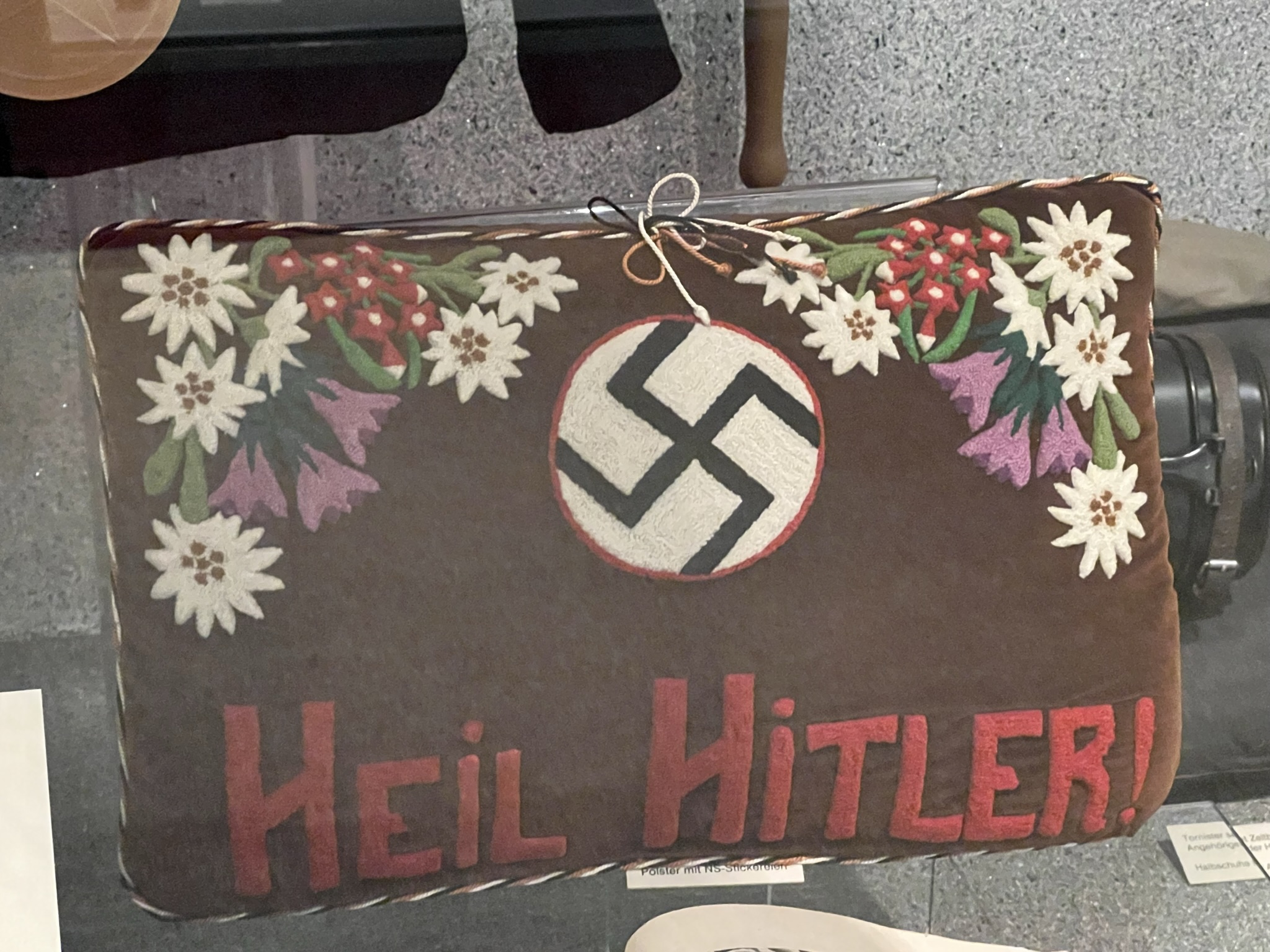
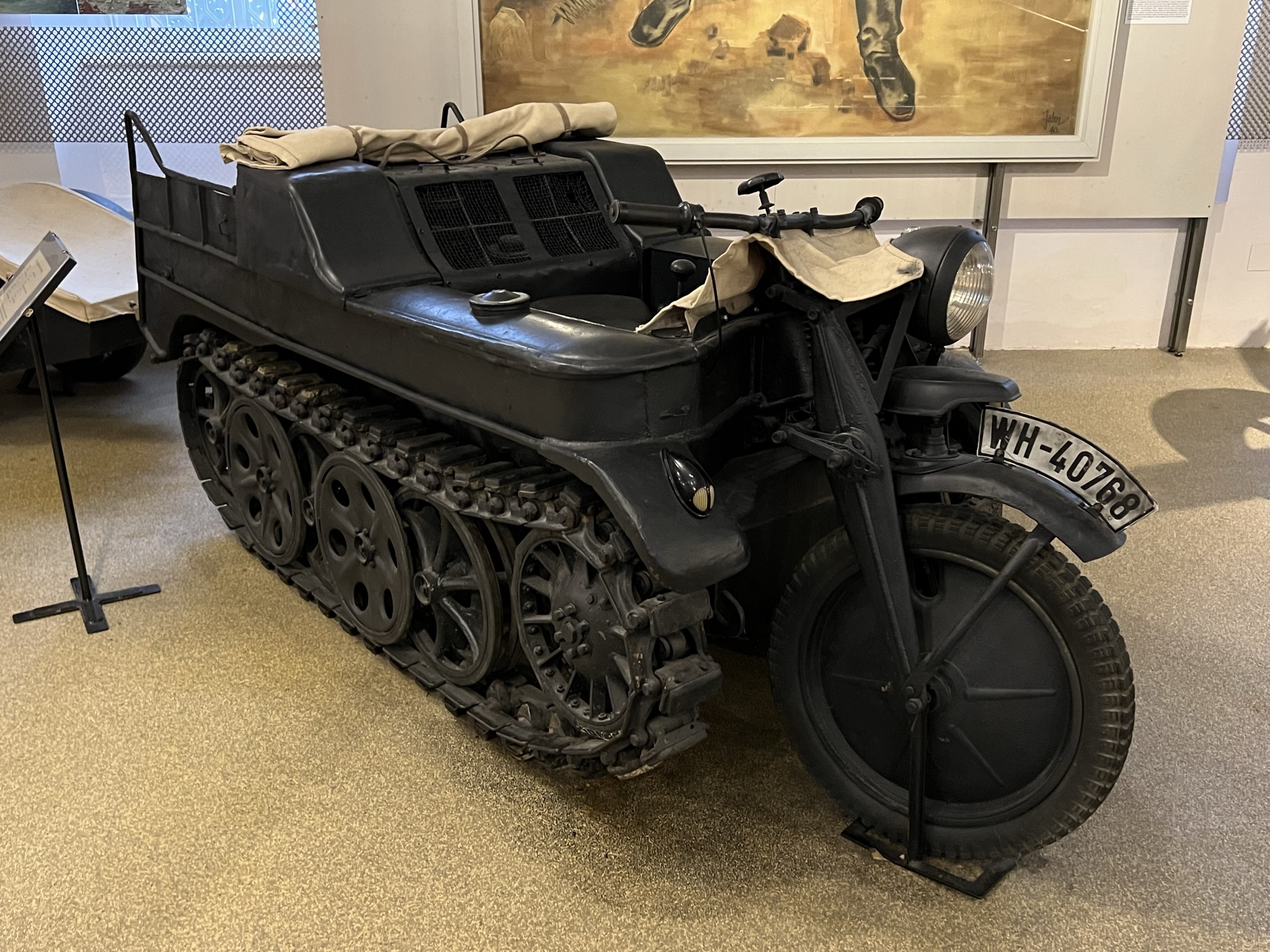

Hall VIII – Naval Power Austria
Yes, it’s hard to believe, Austria was once a sea power. The exhibition shows the entire chronology from the creation of the first Danube flotilla to the end of the Austro-Hungarian Navy in 1918. Numerous oil paintings and ship models can be seen.
The highlight here is the submarine tower U-20. It is the only surviving fragment of a k.u.k. submarine. You can also look into the tower from a platform.
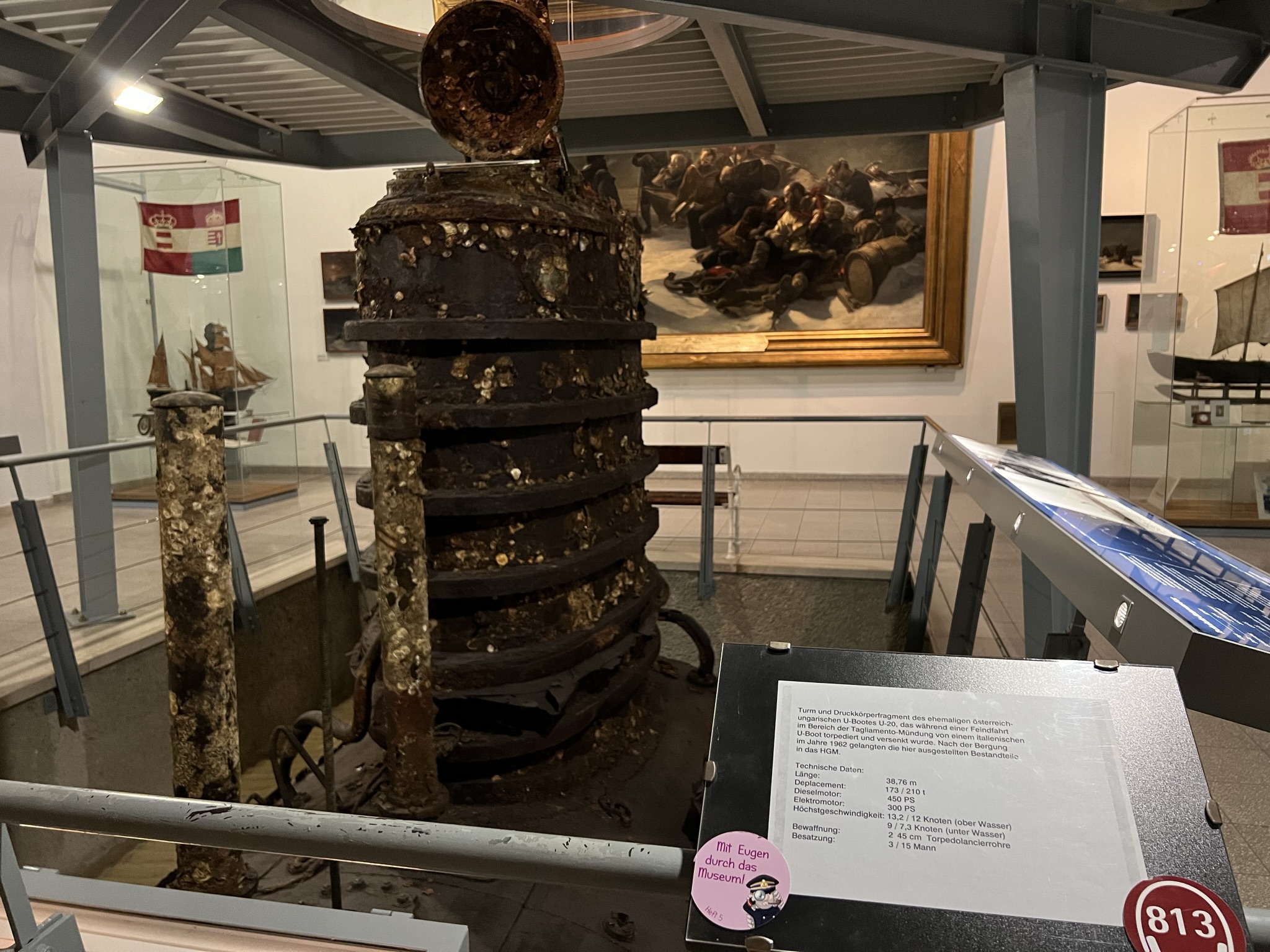
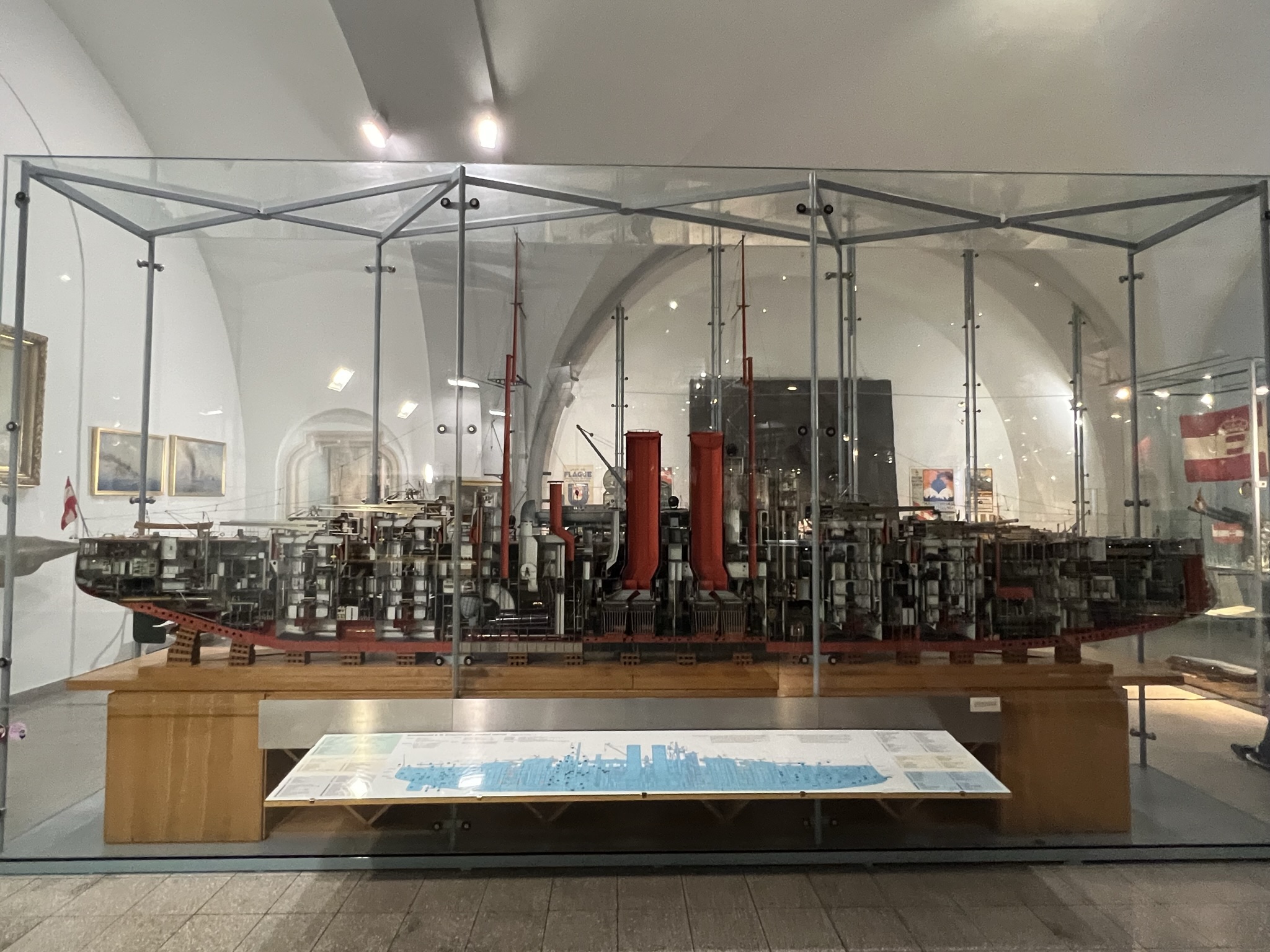
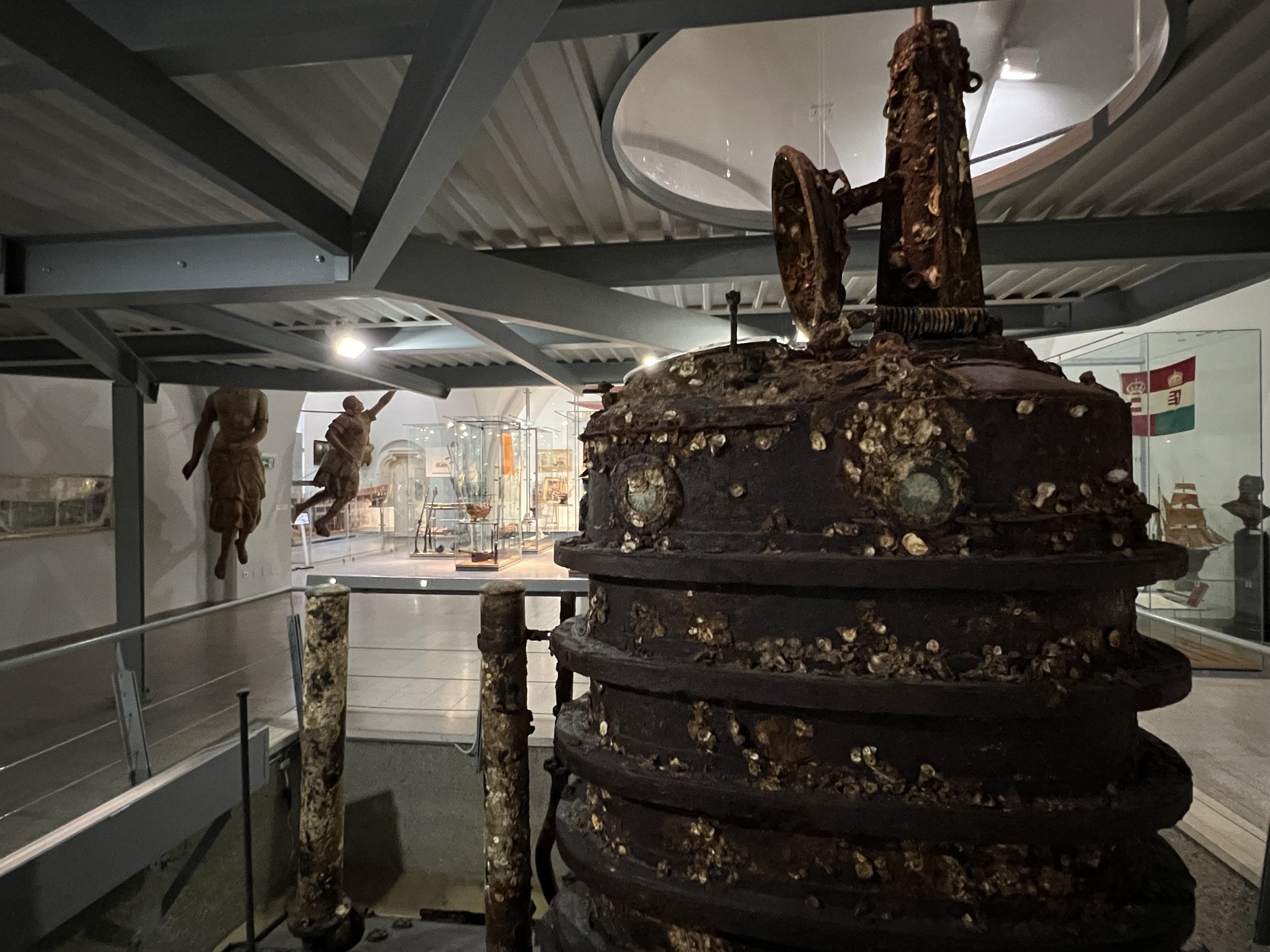
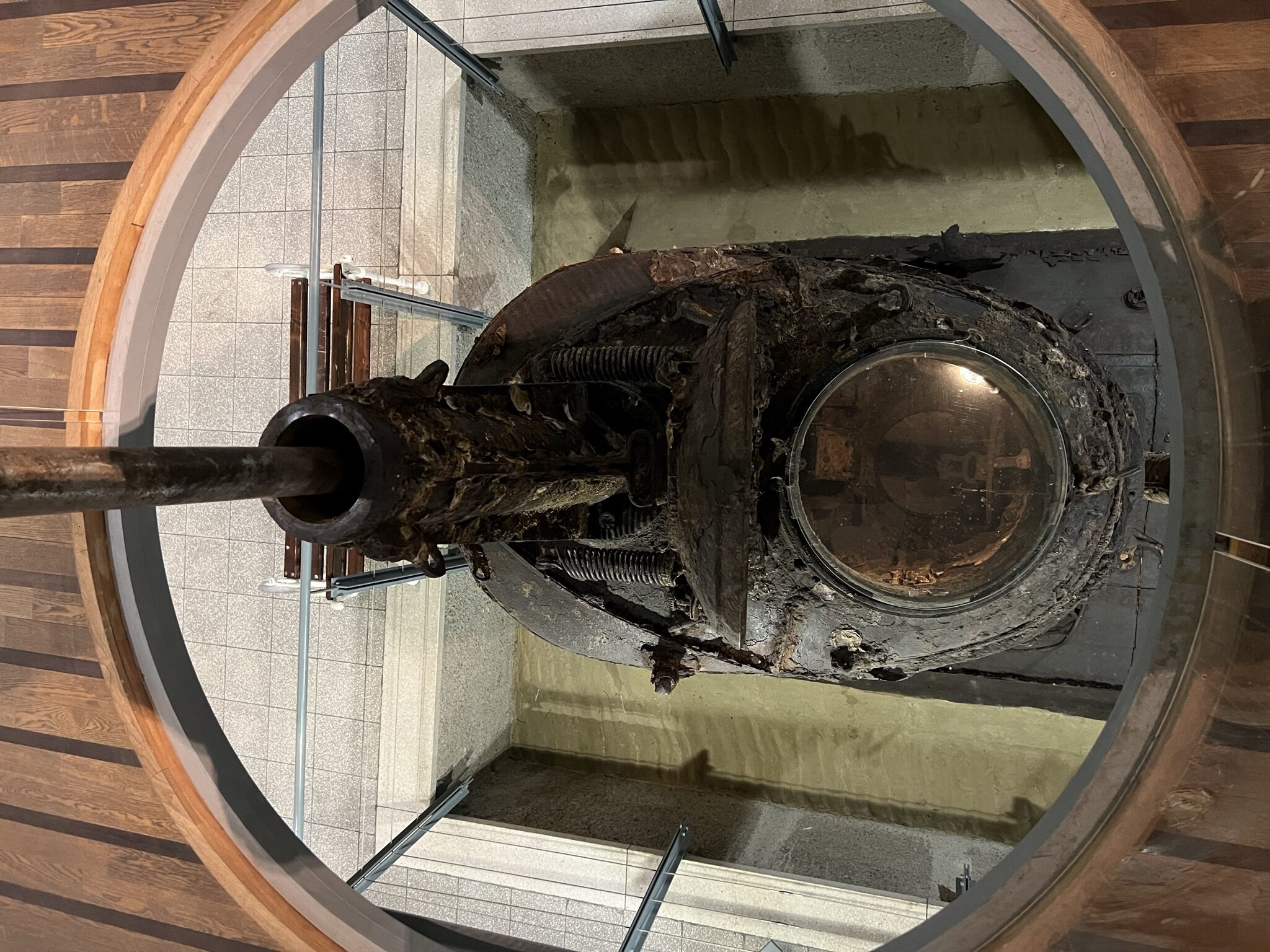
Conclusion: As small as Austria is today, there have been a lot of wars with Austrian participation. Both the exhibits and the halls themselves are well worth seeing!




